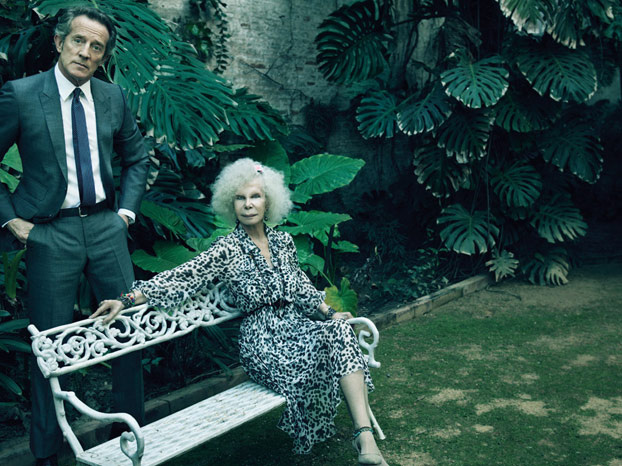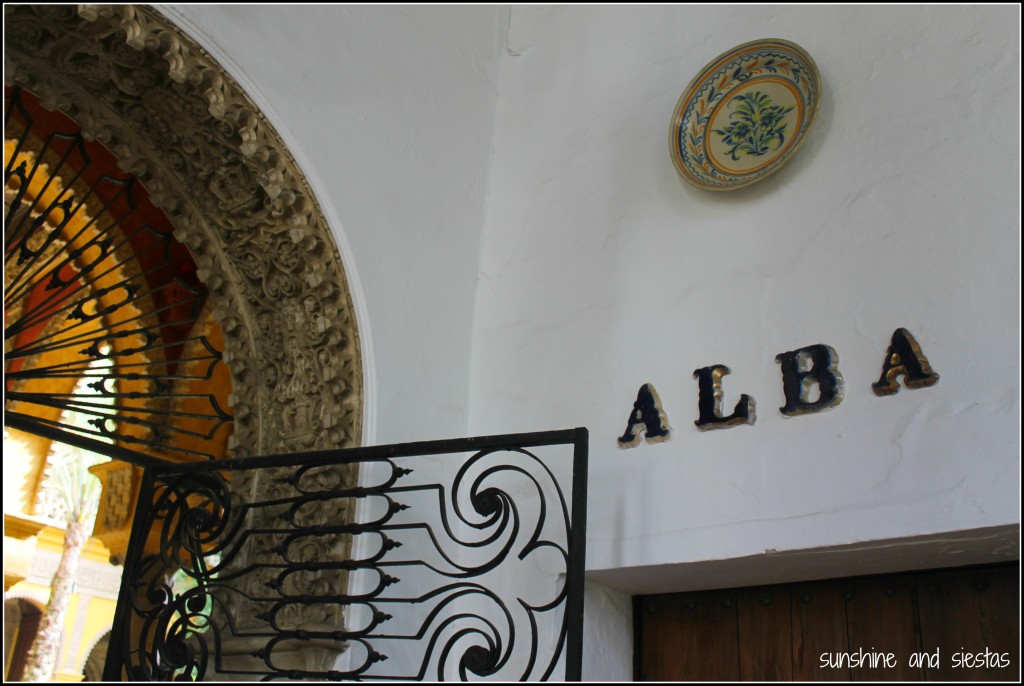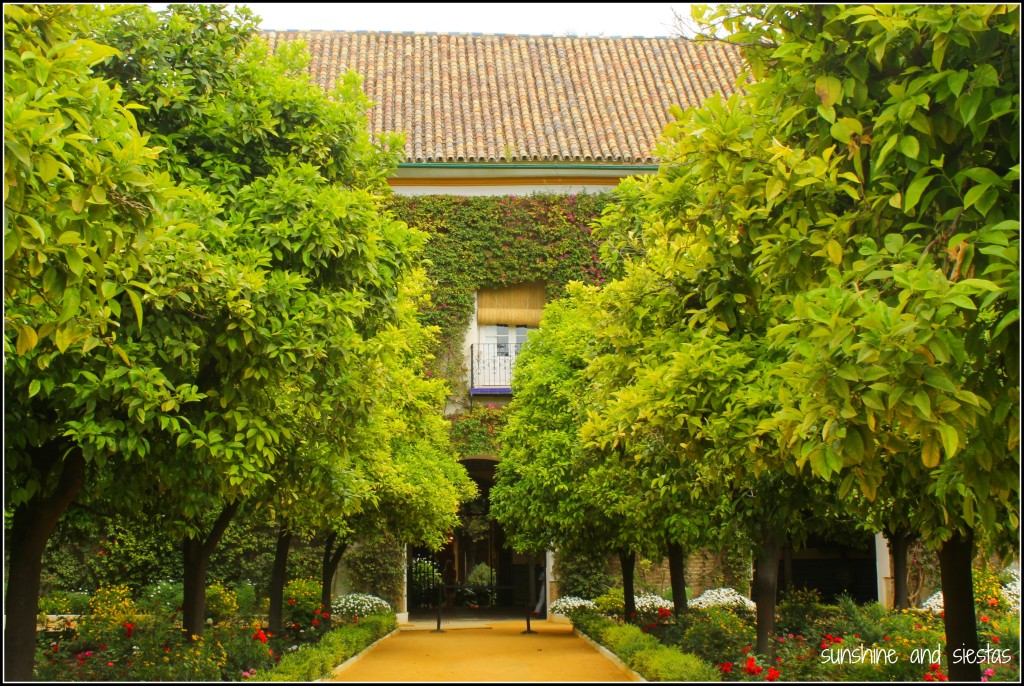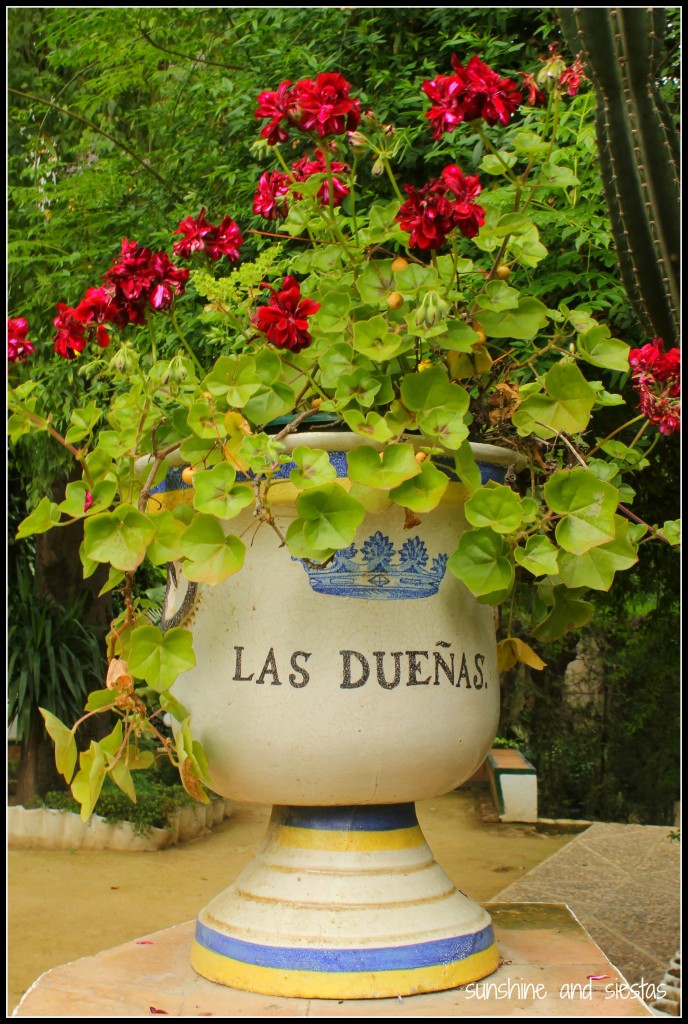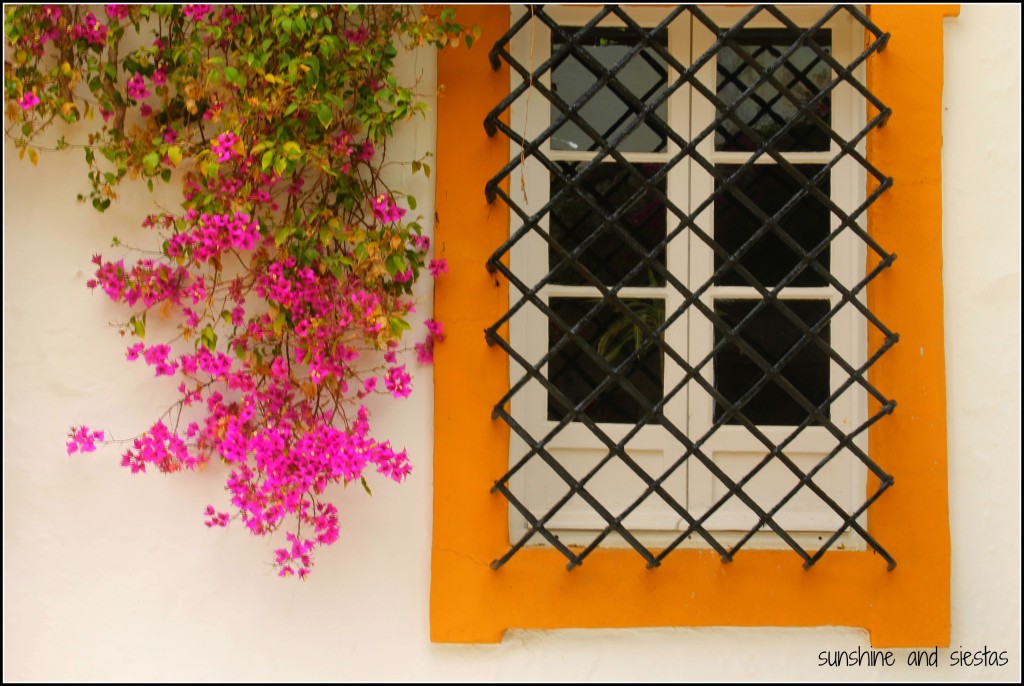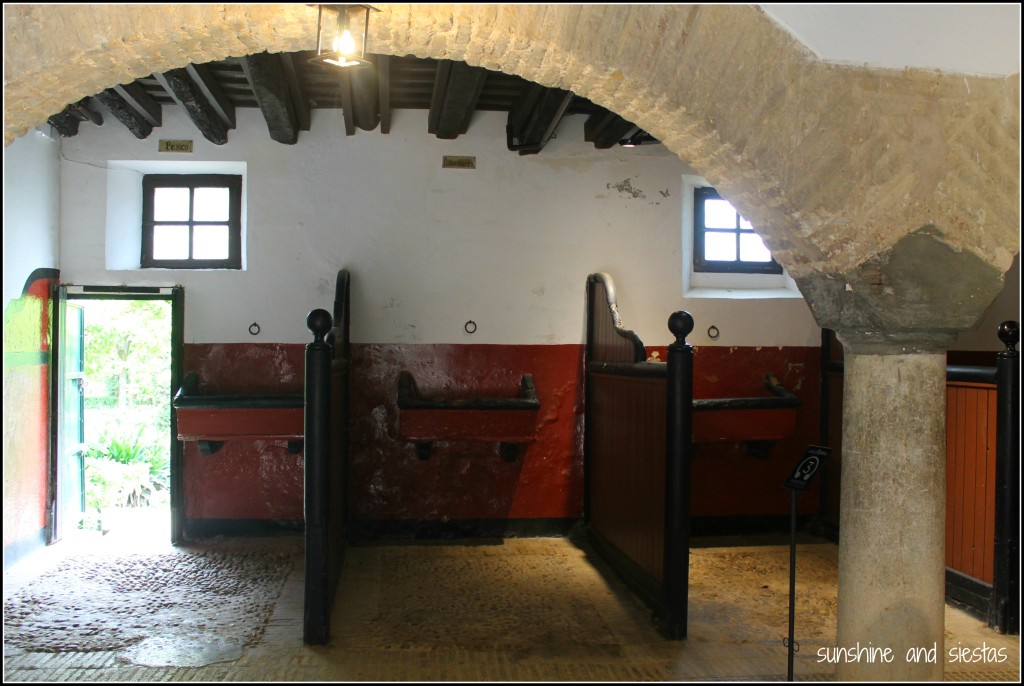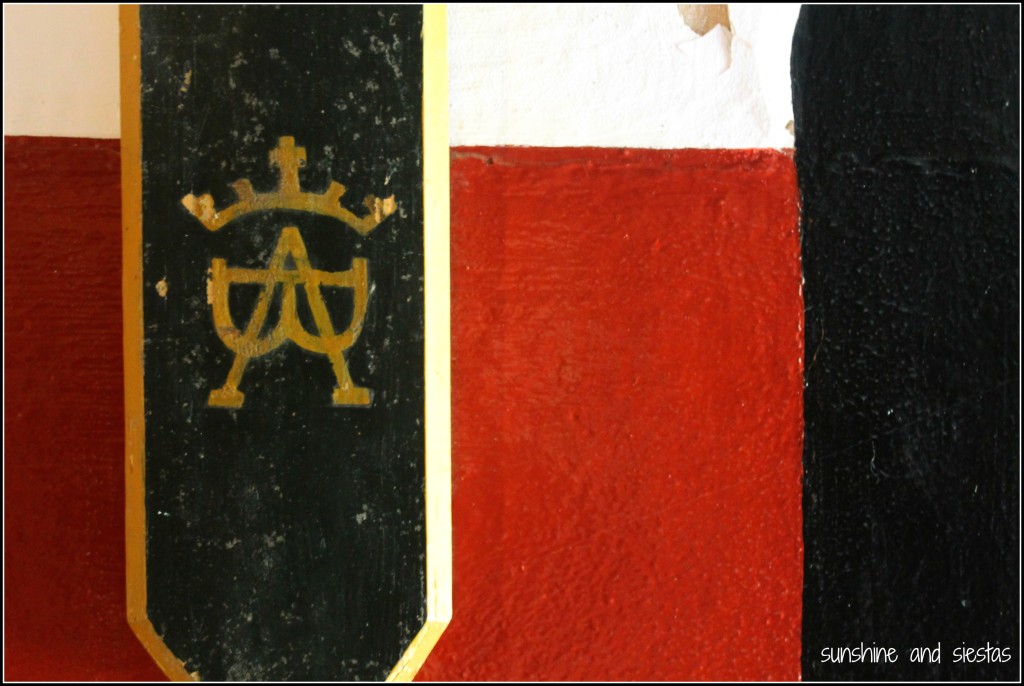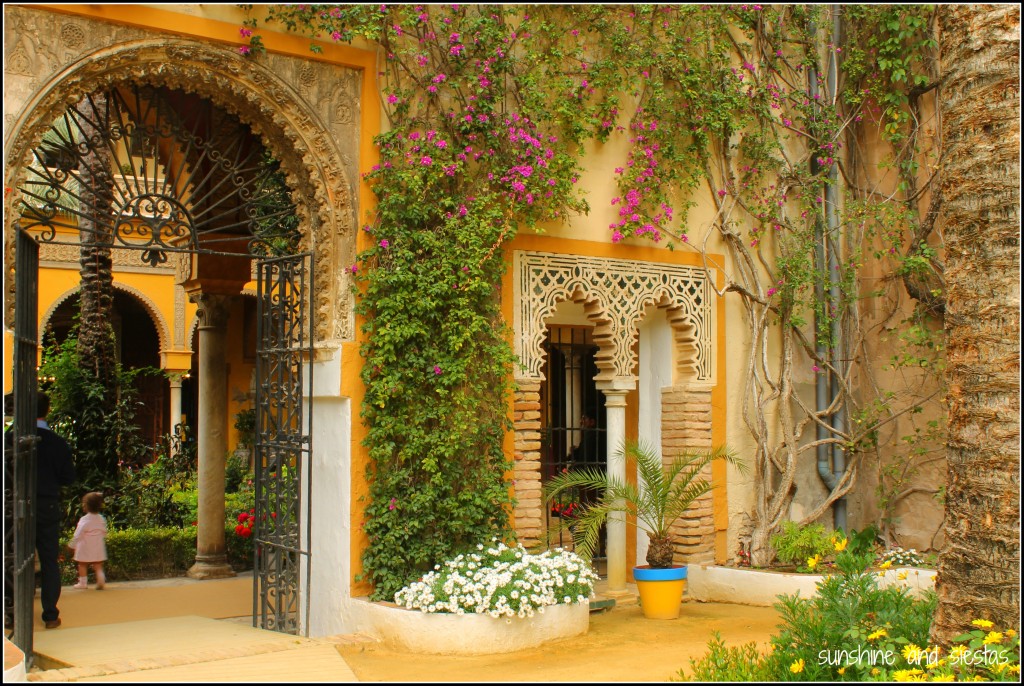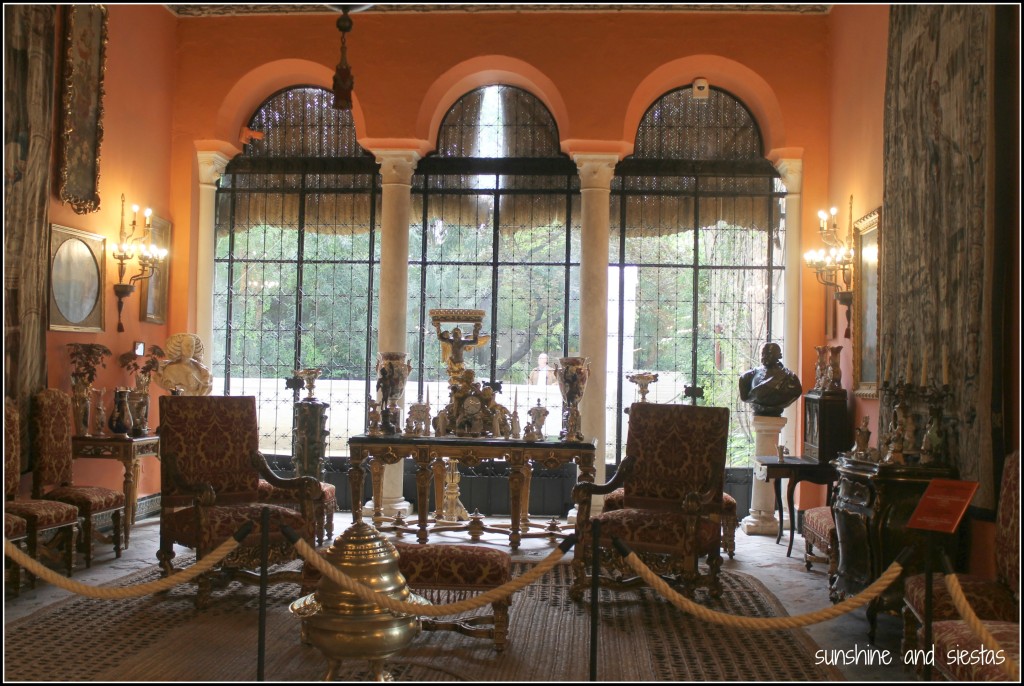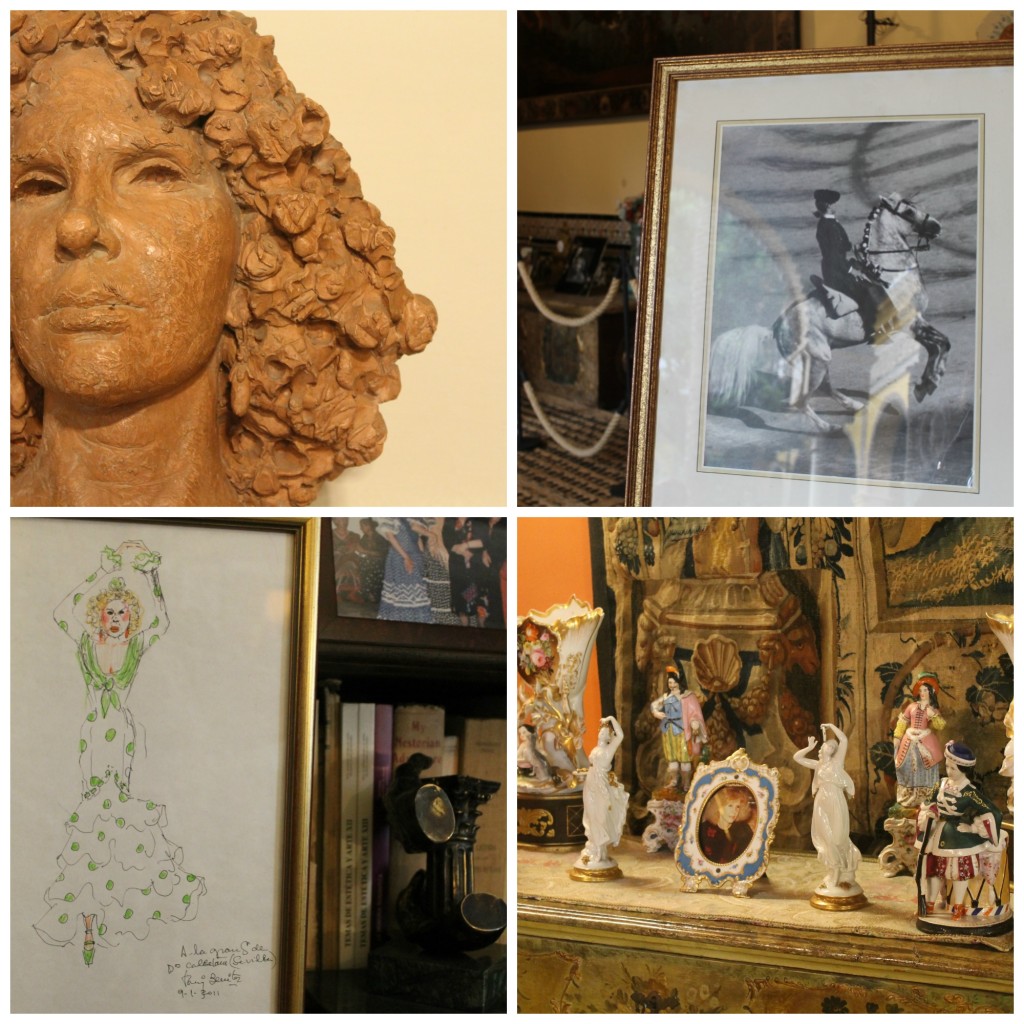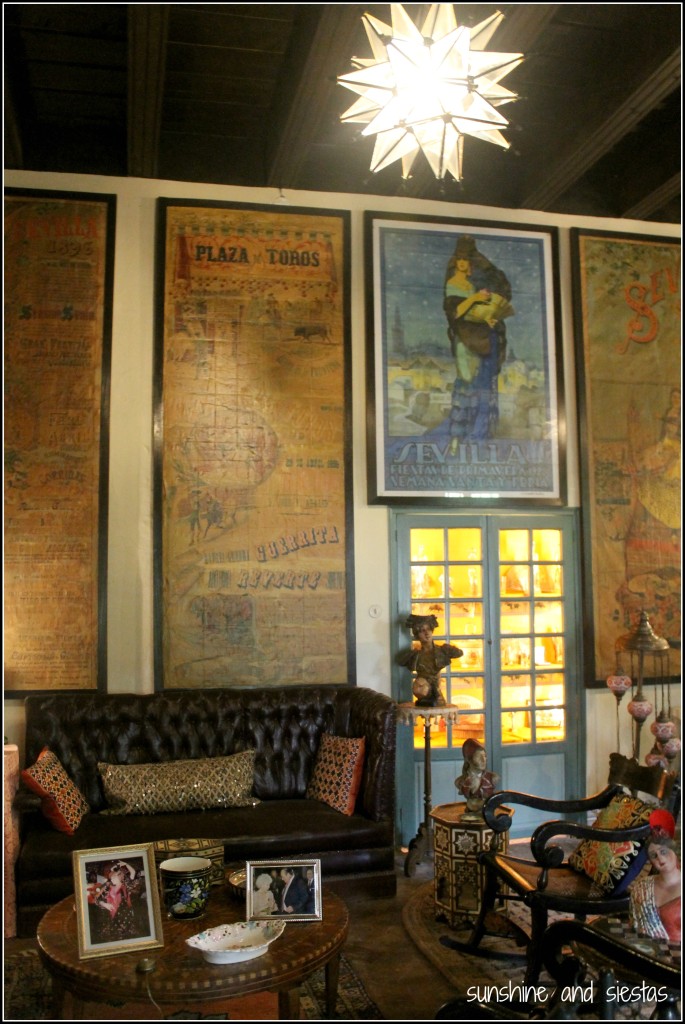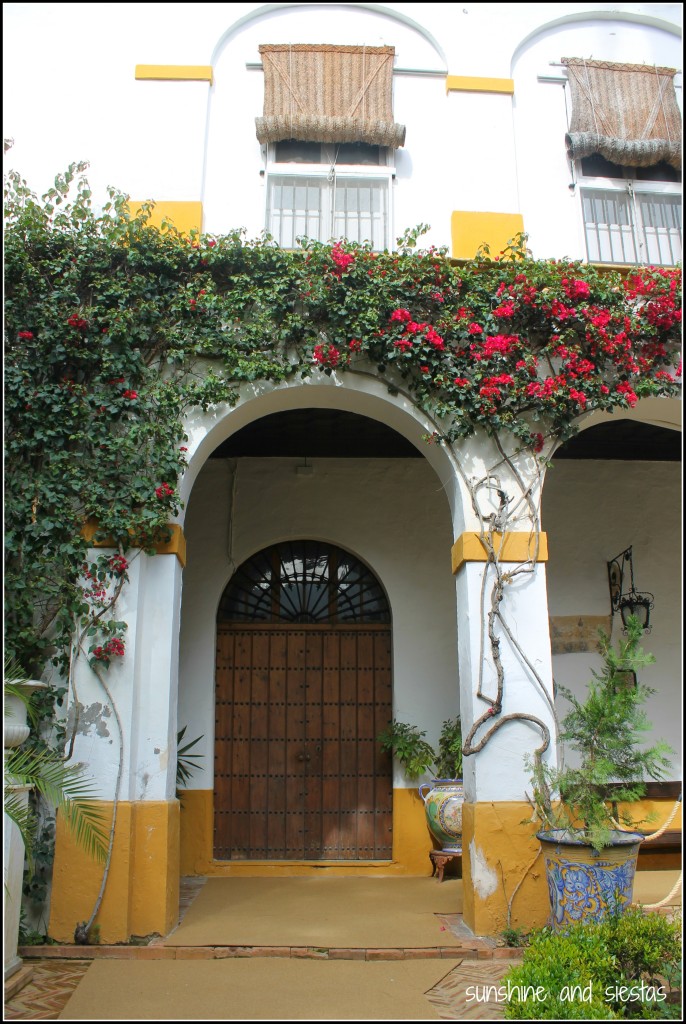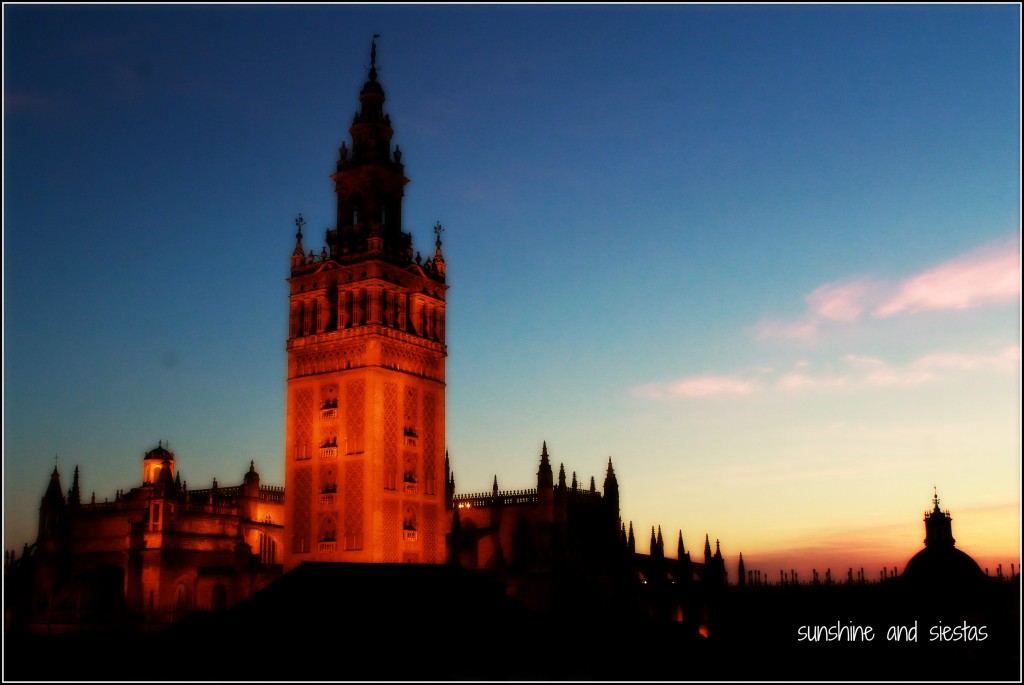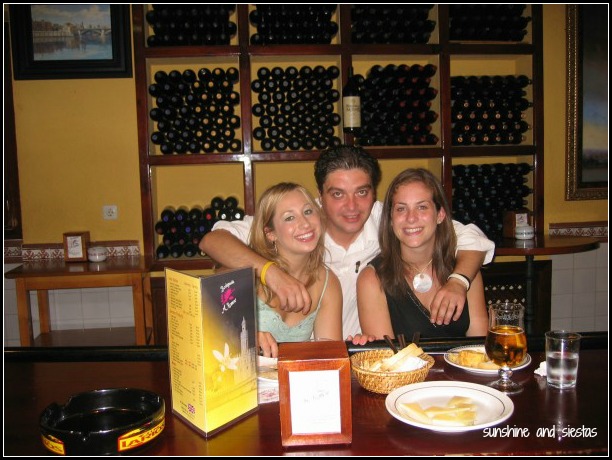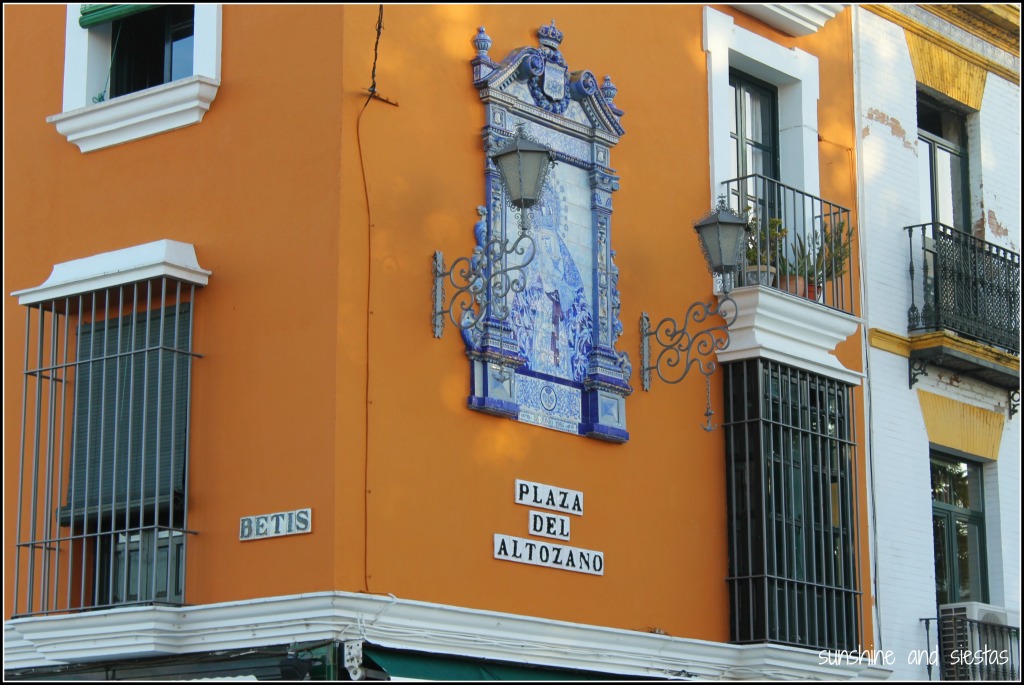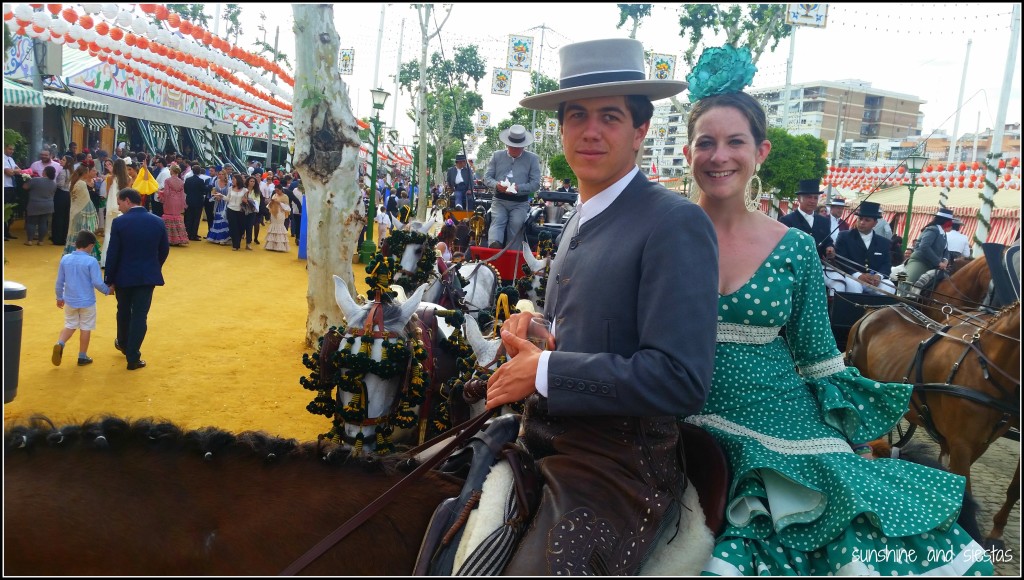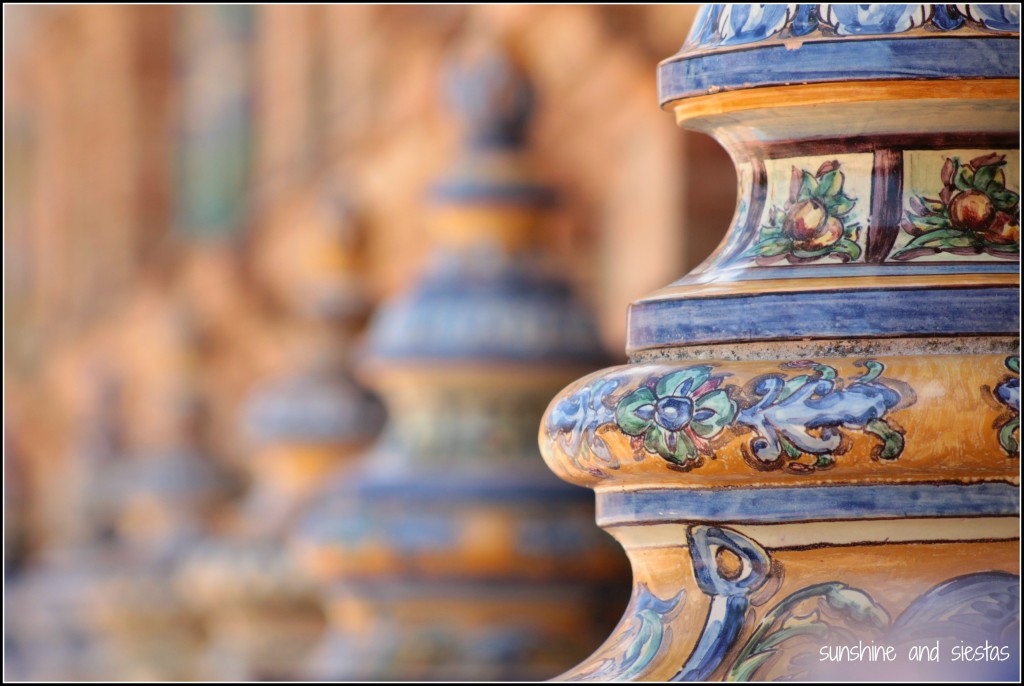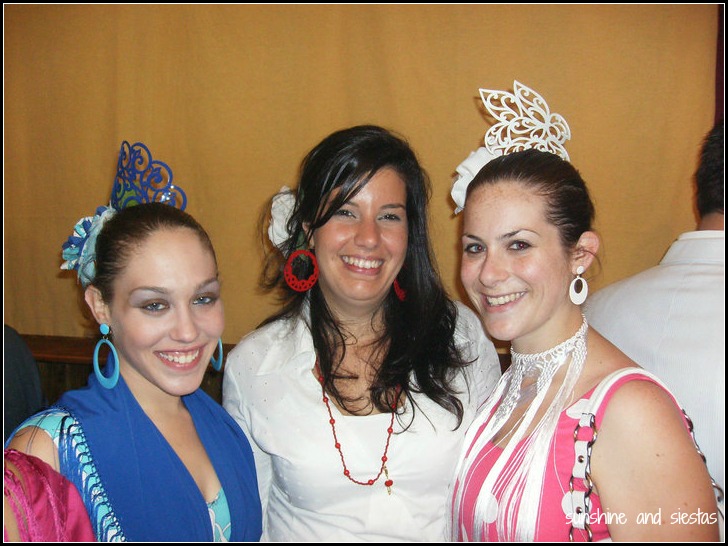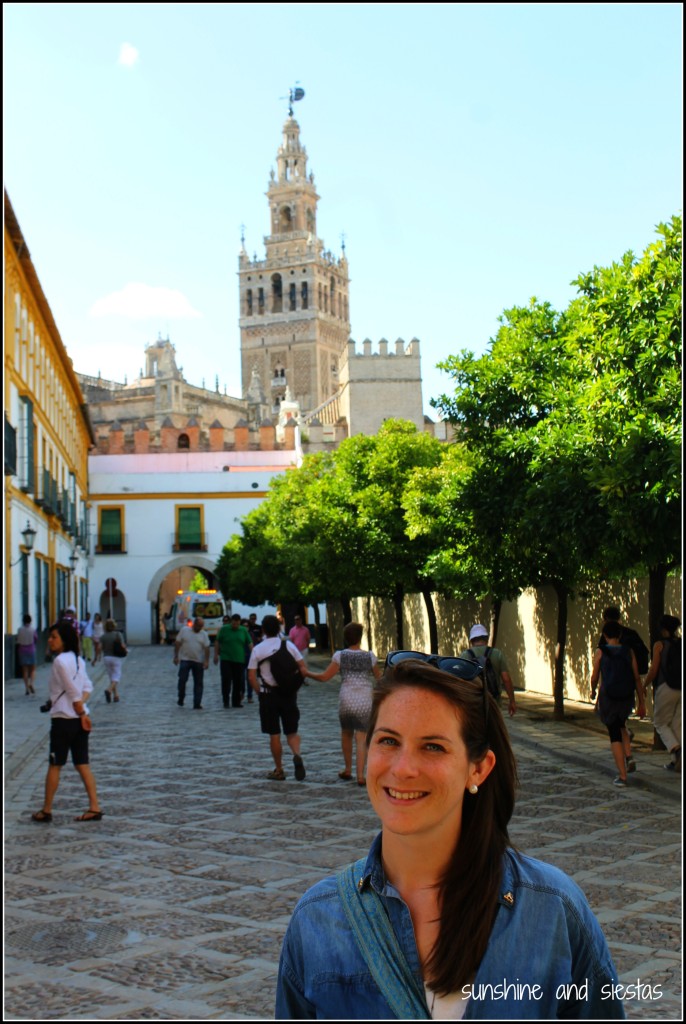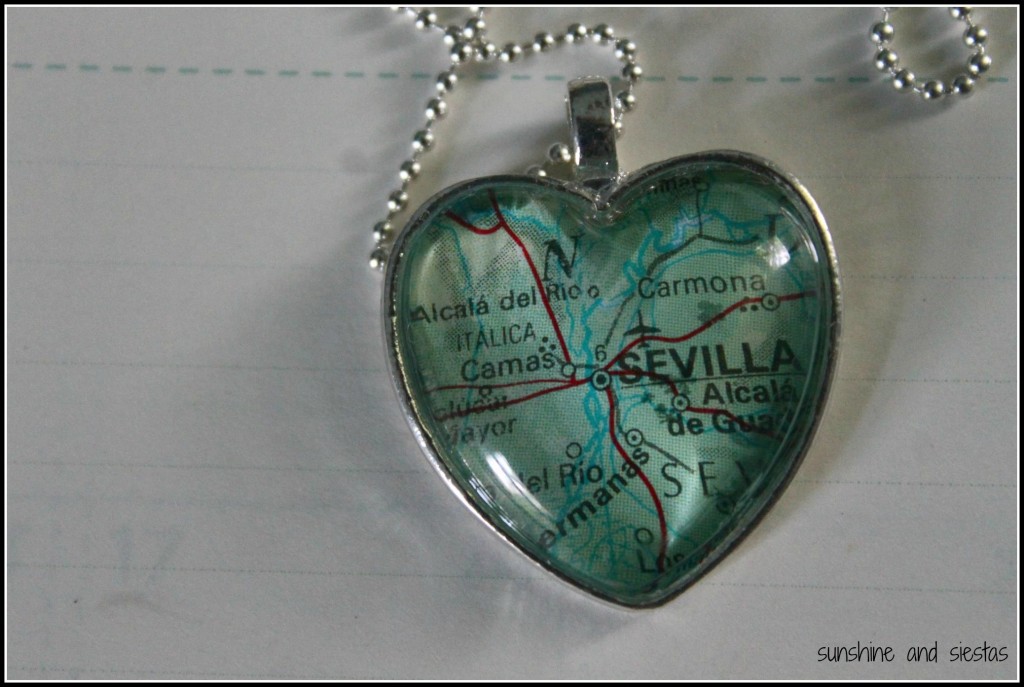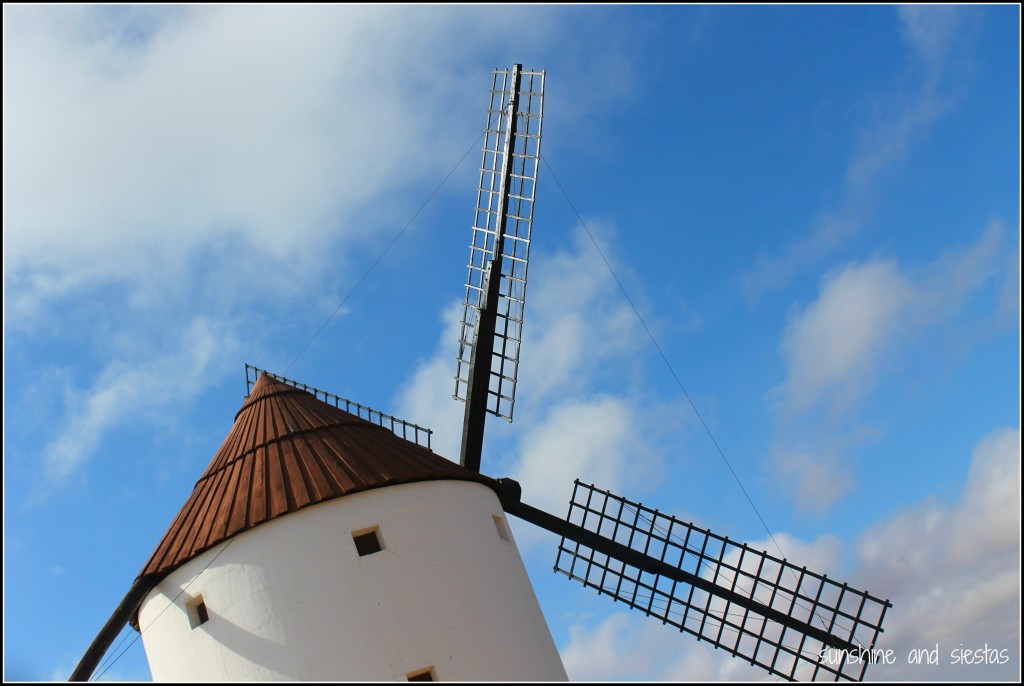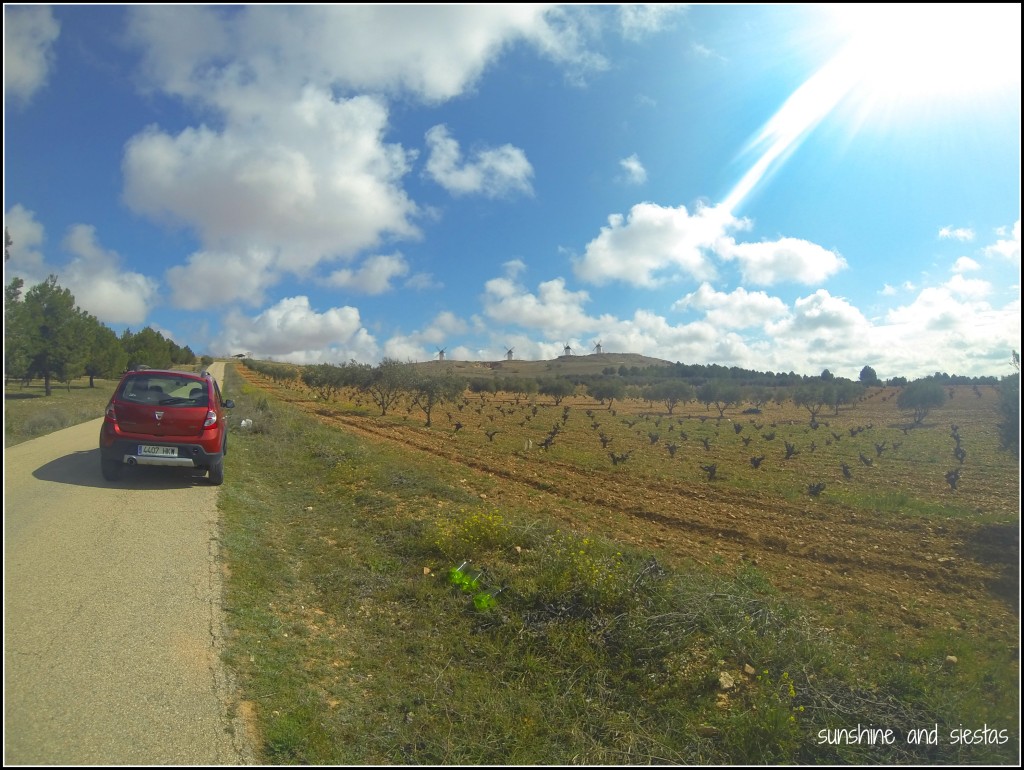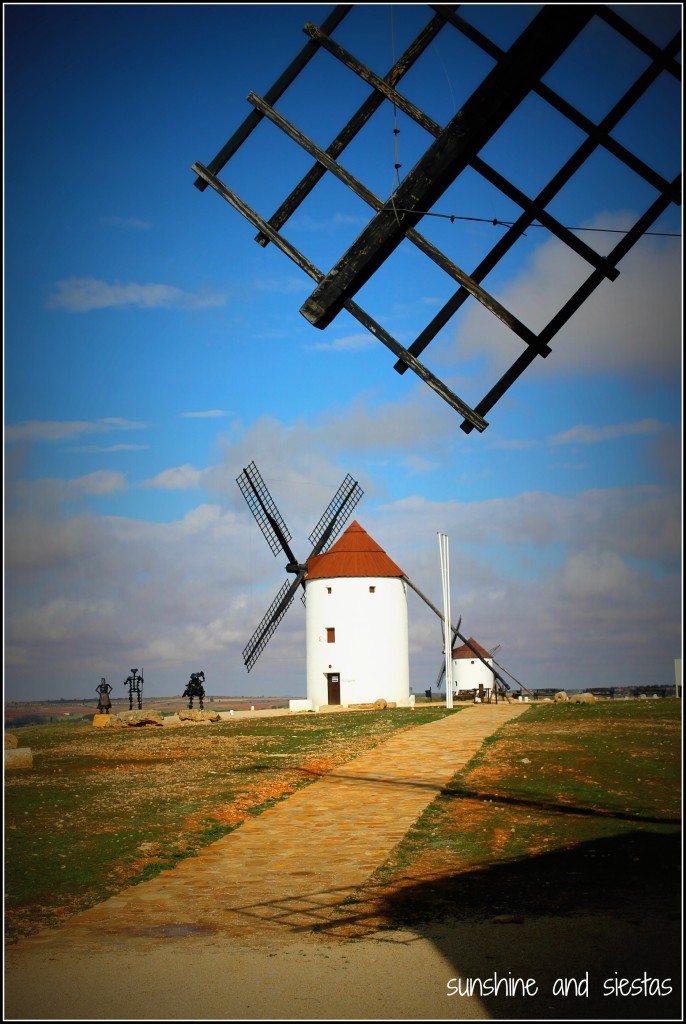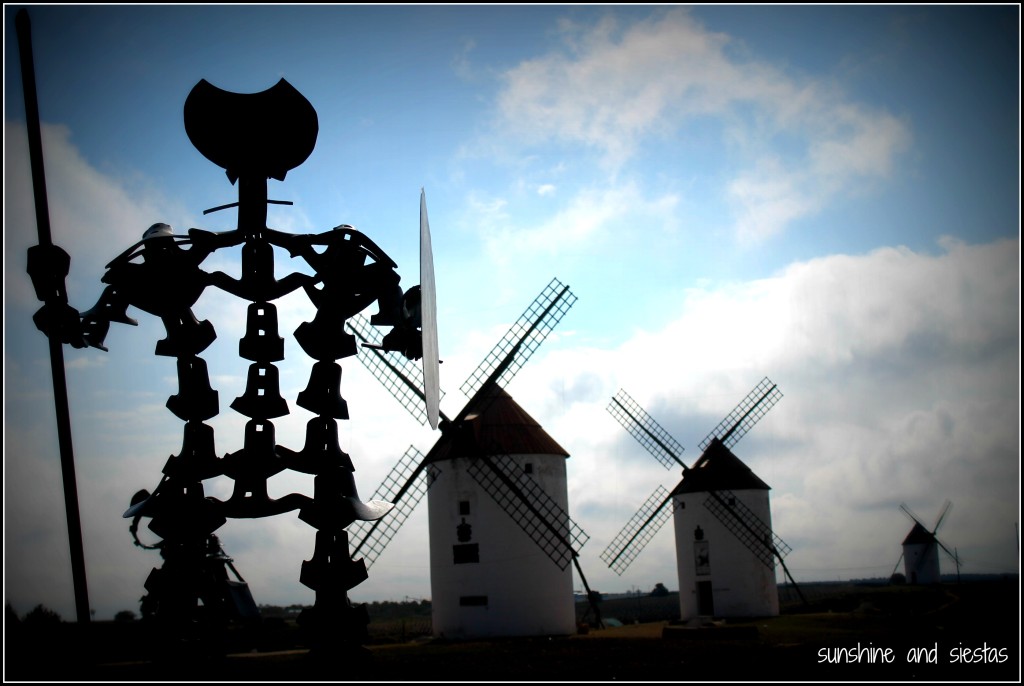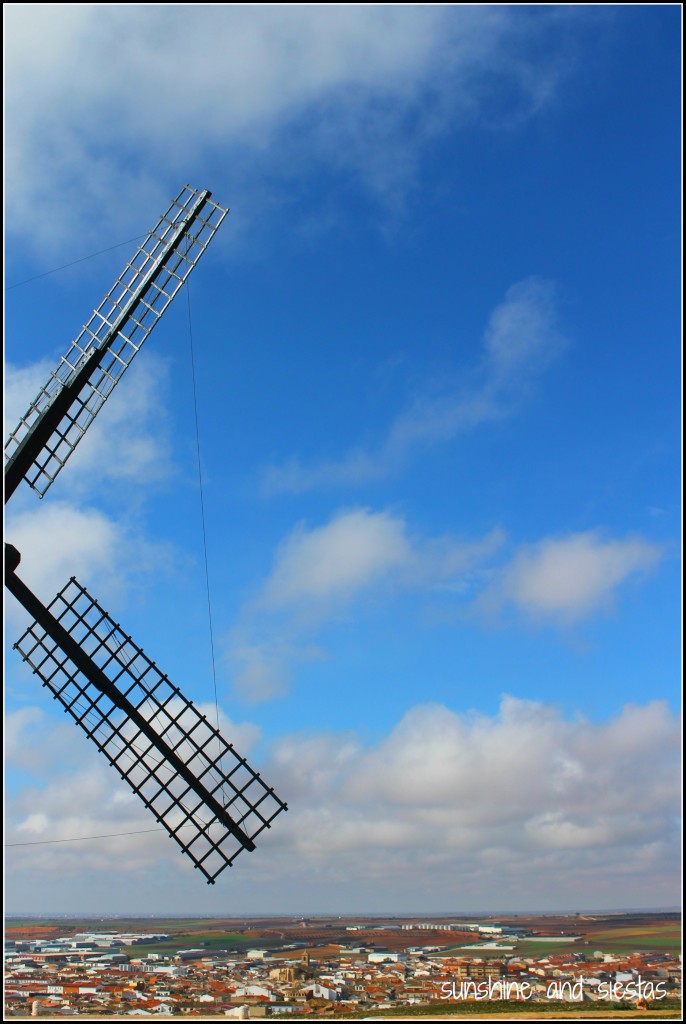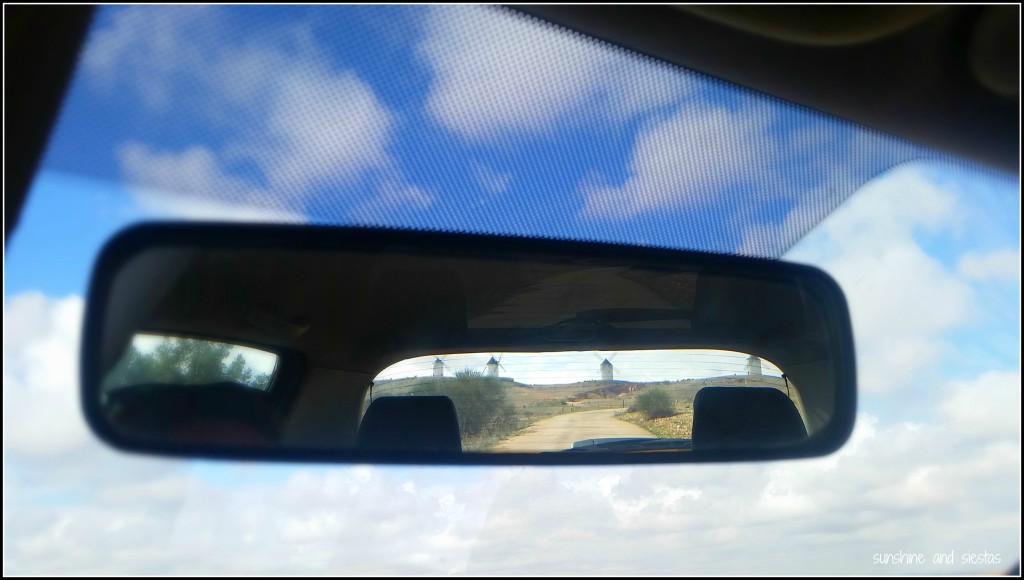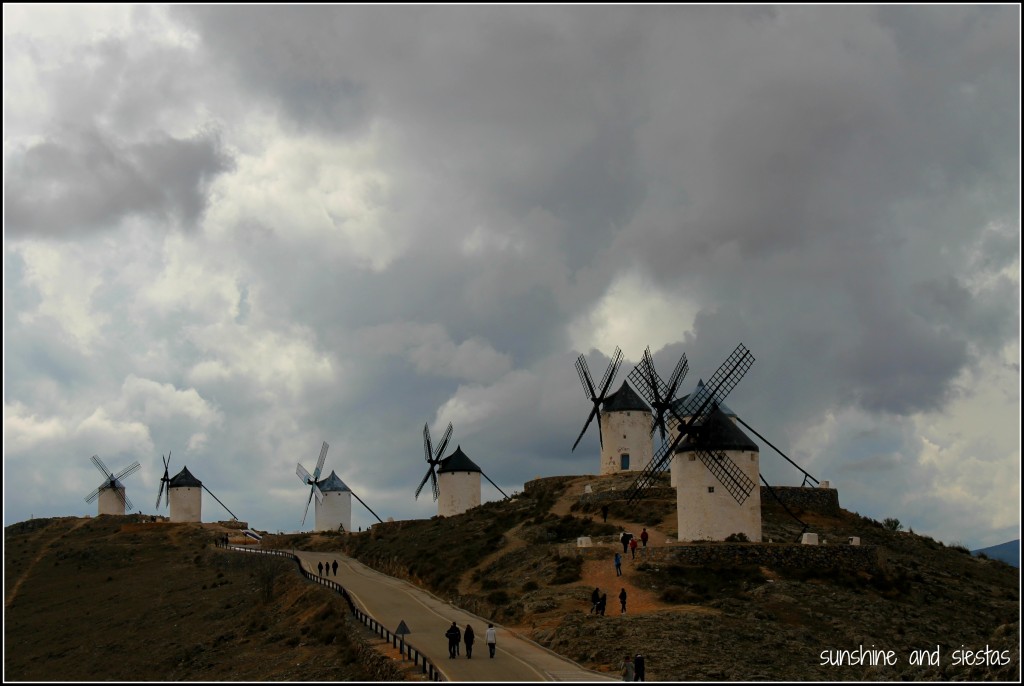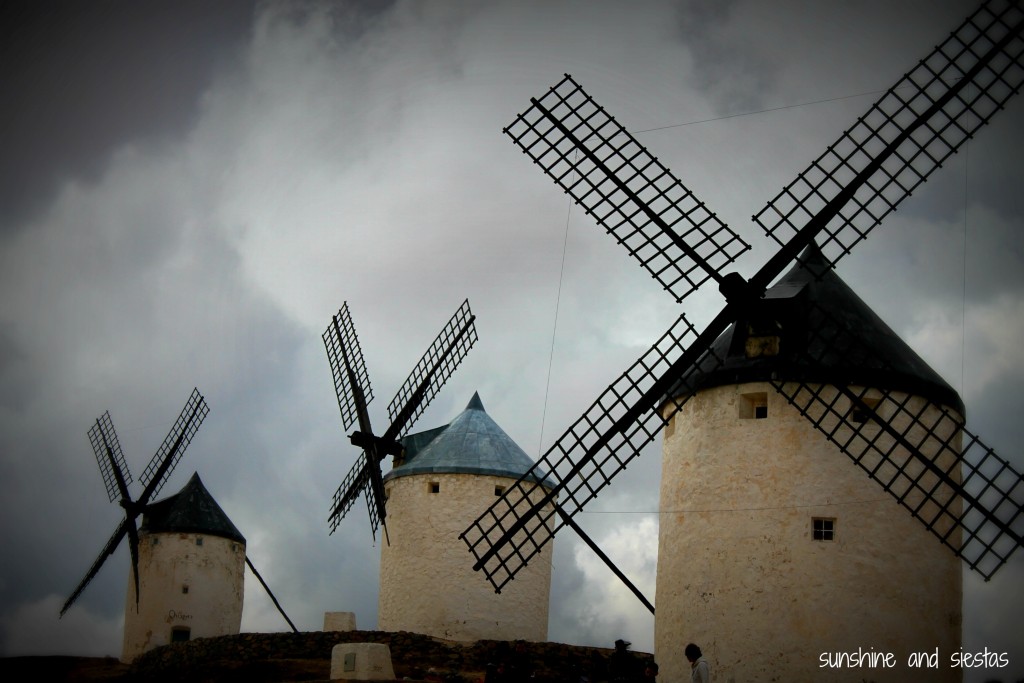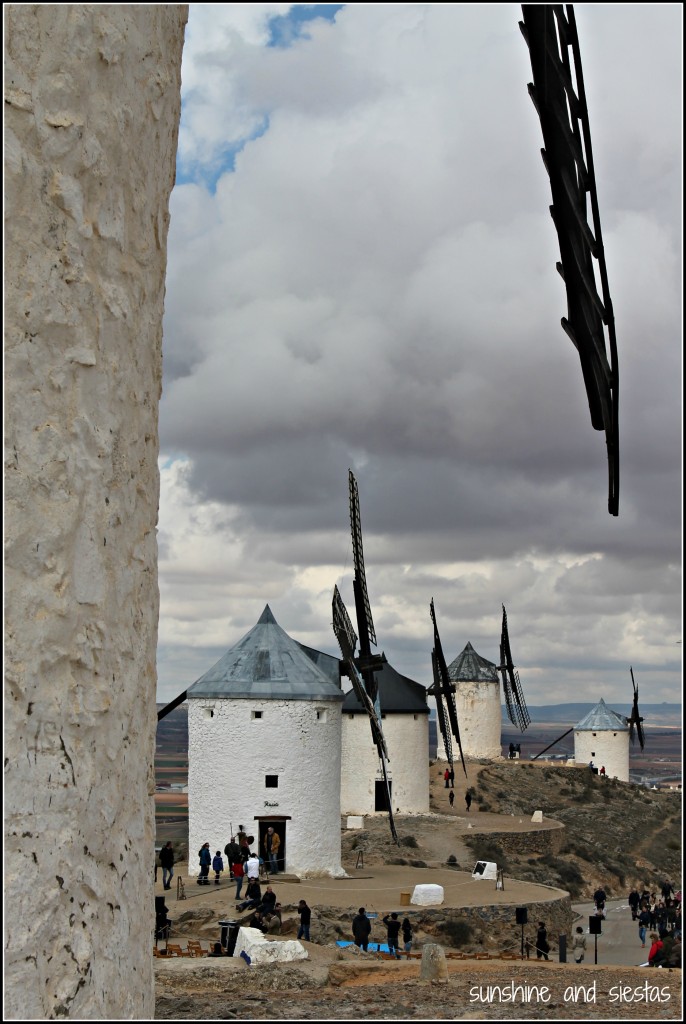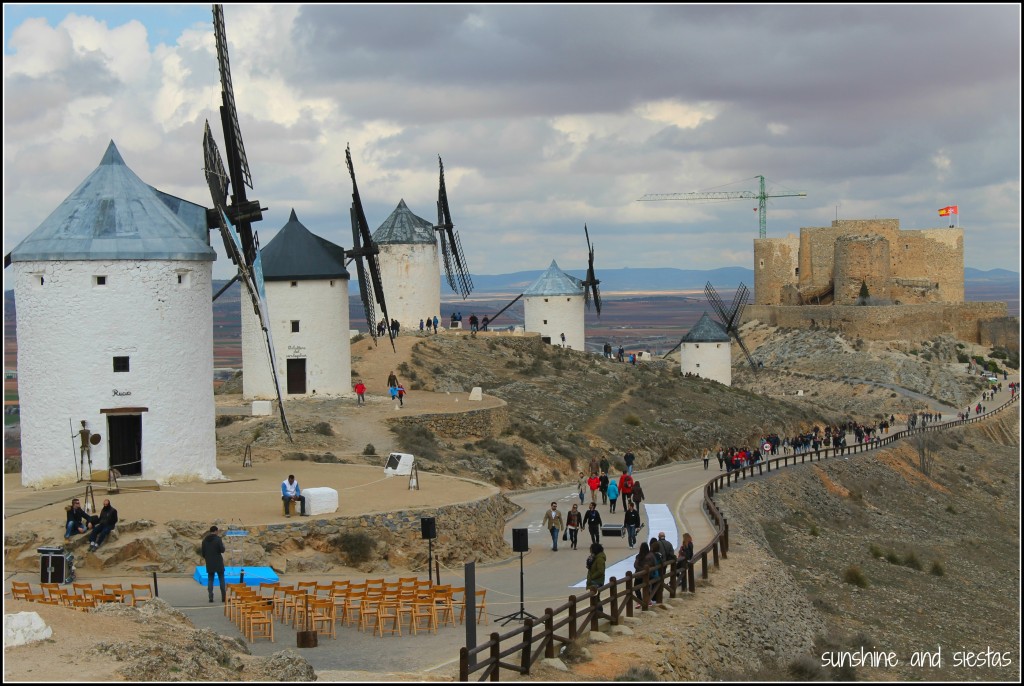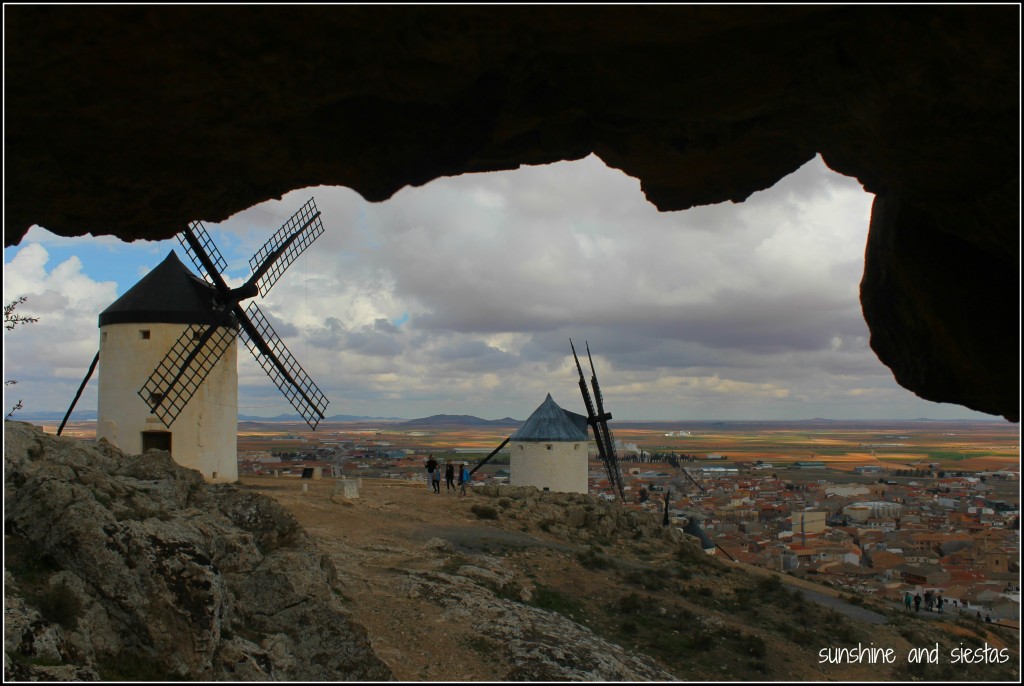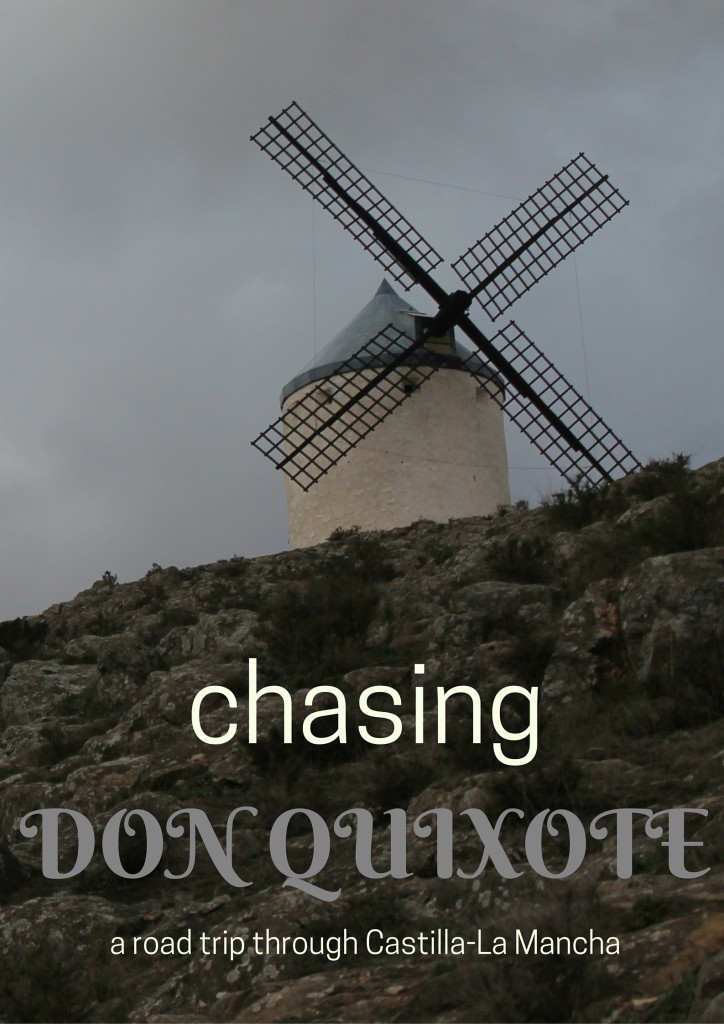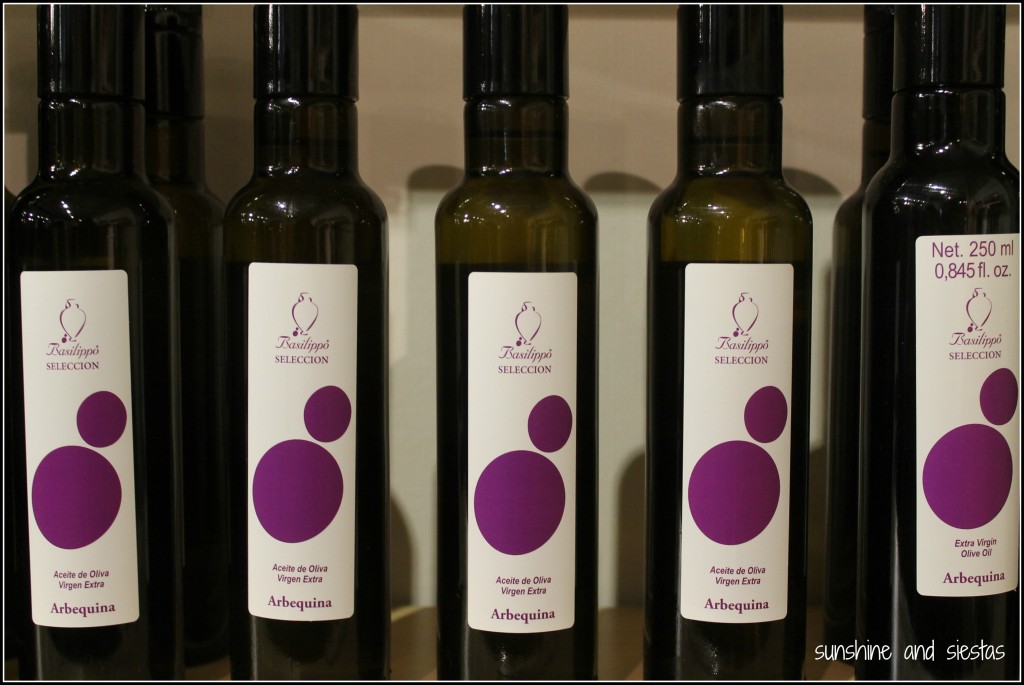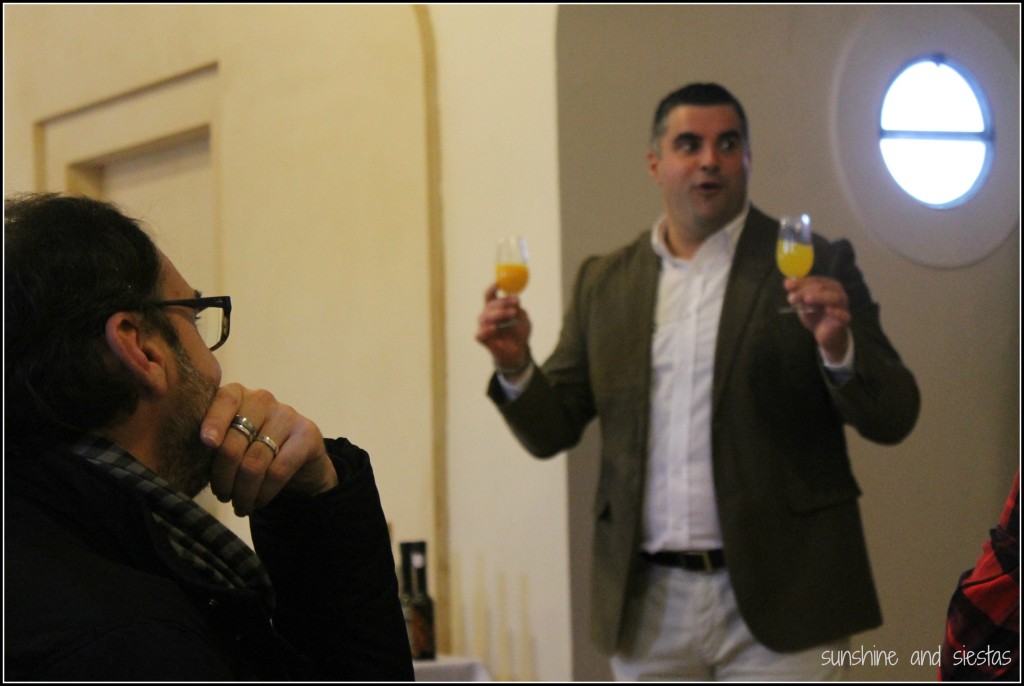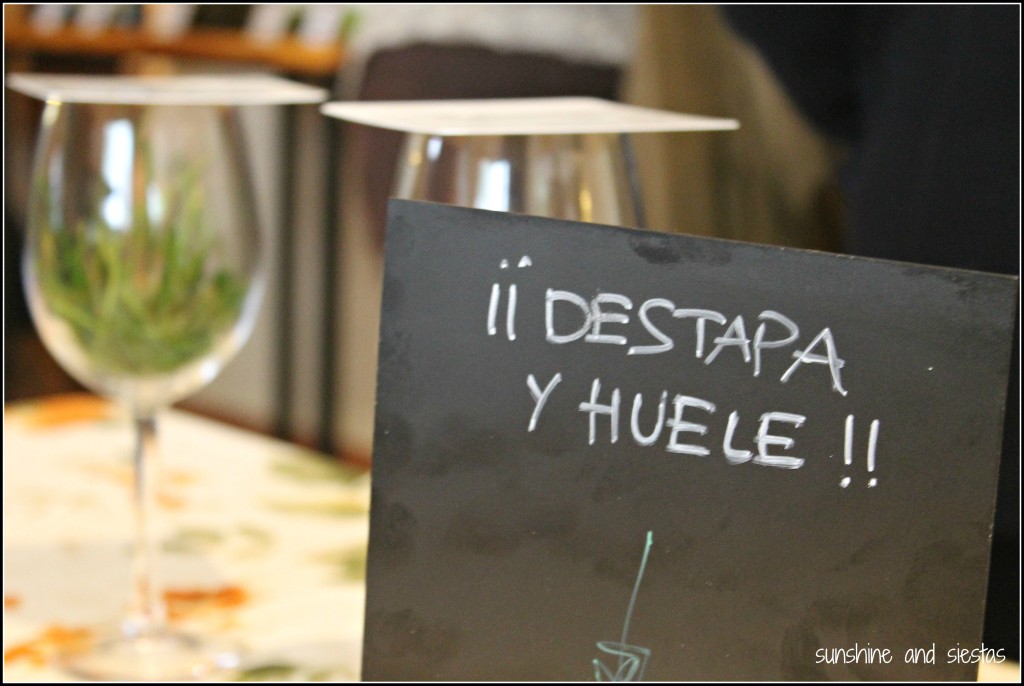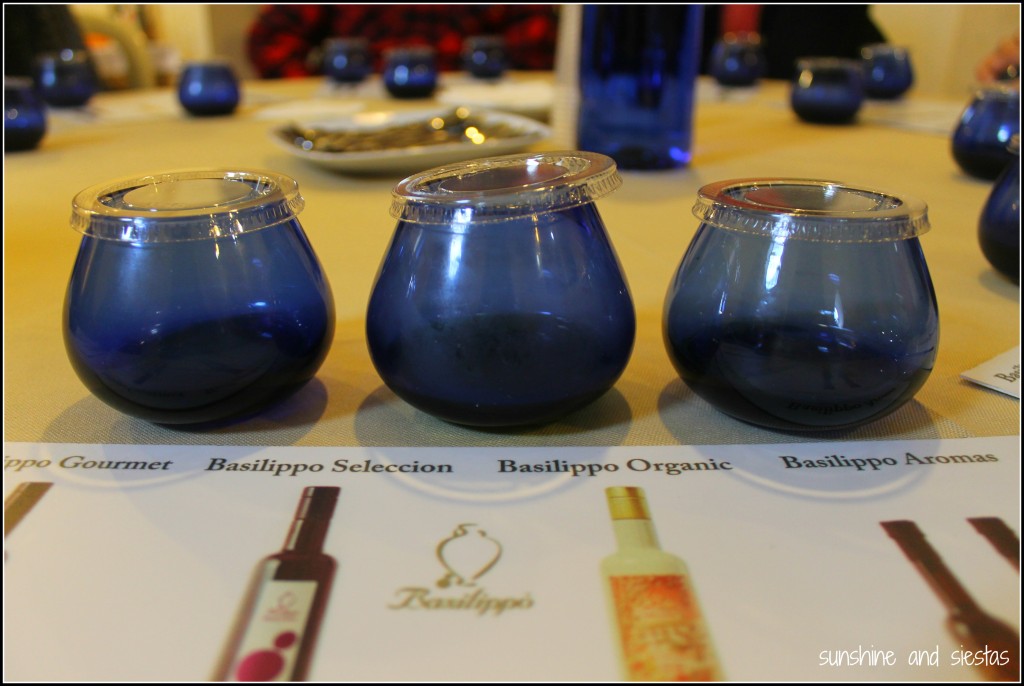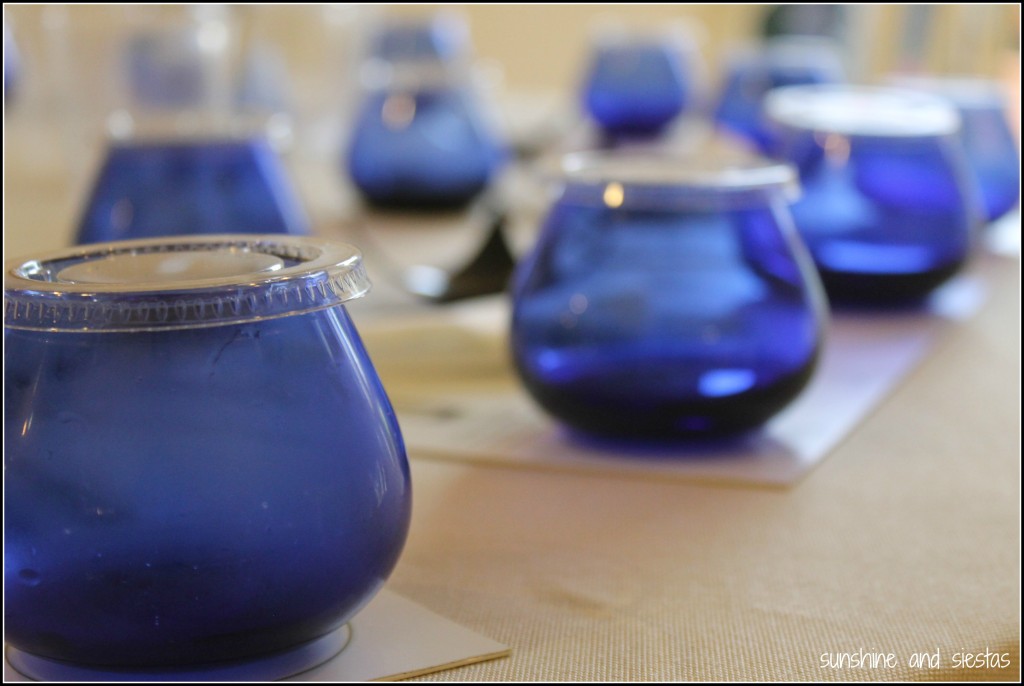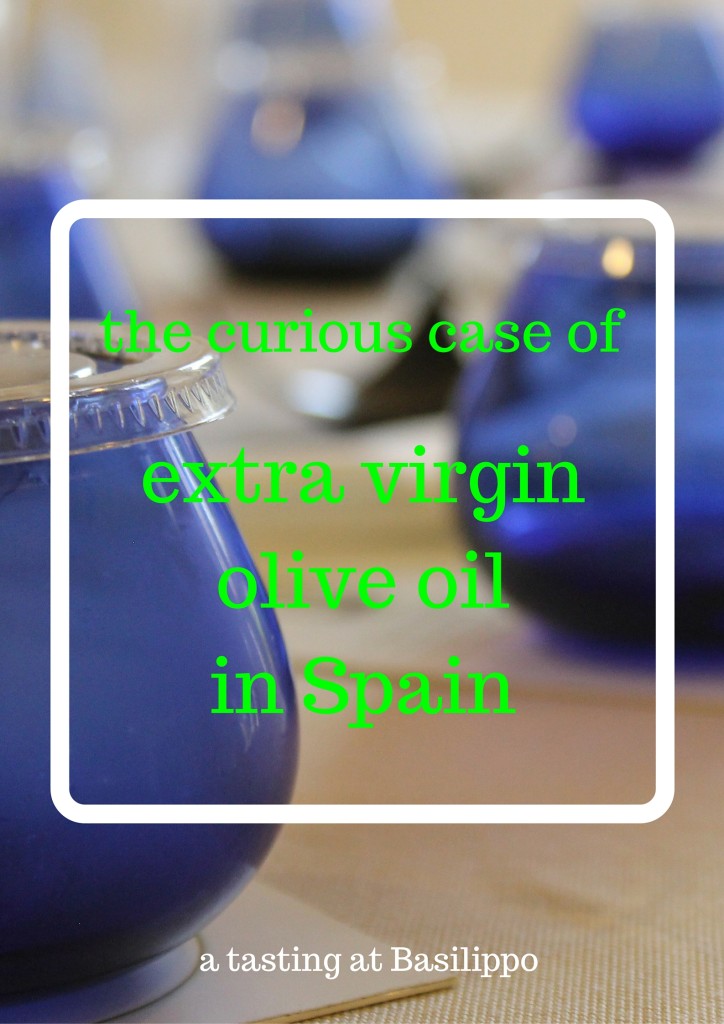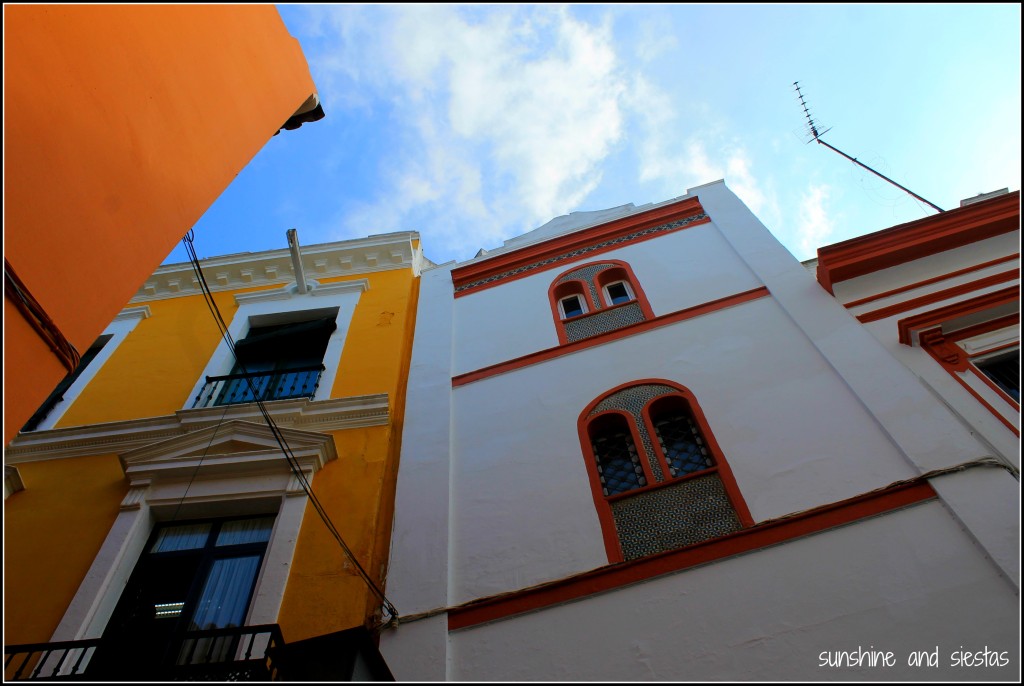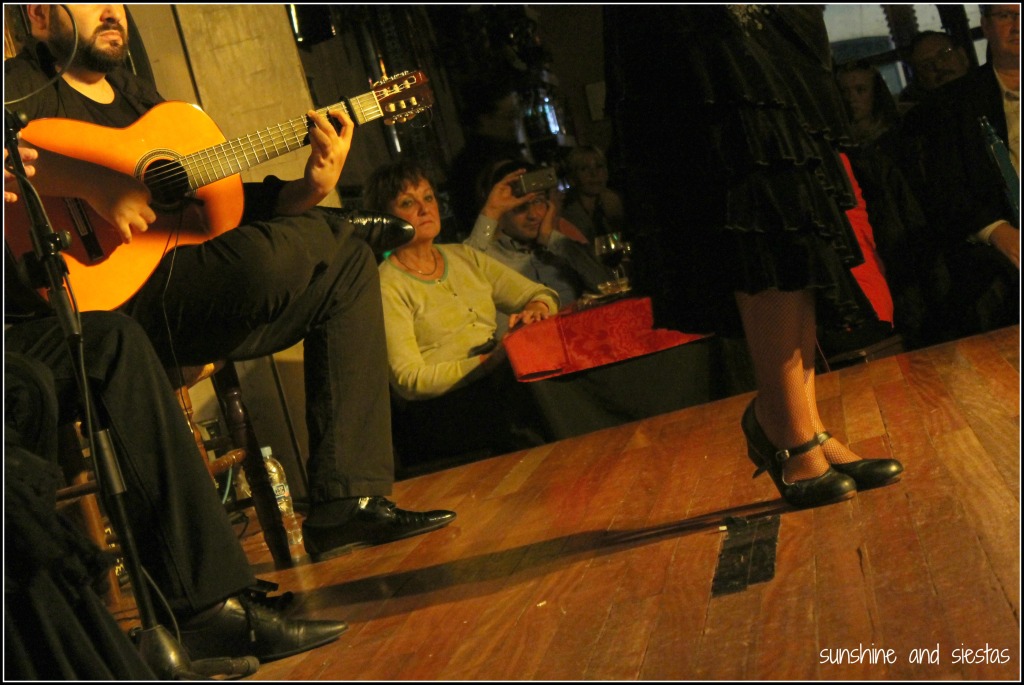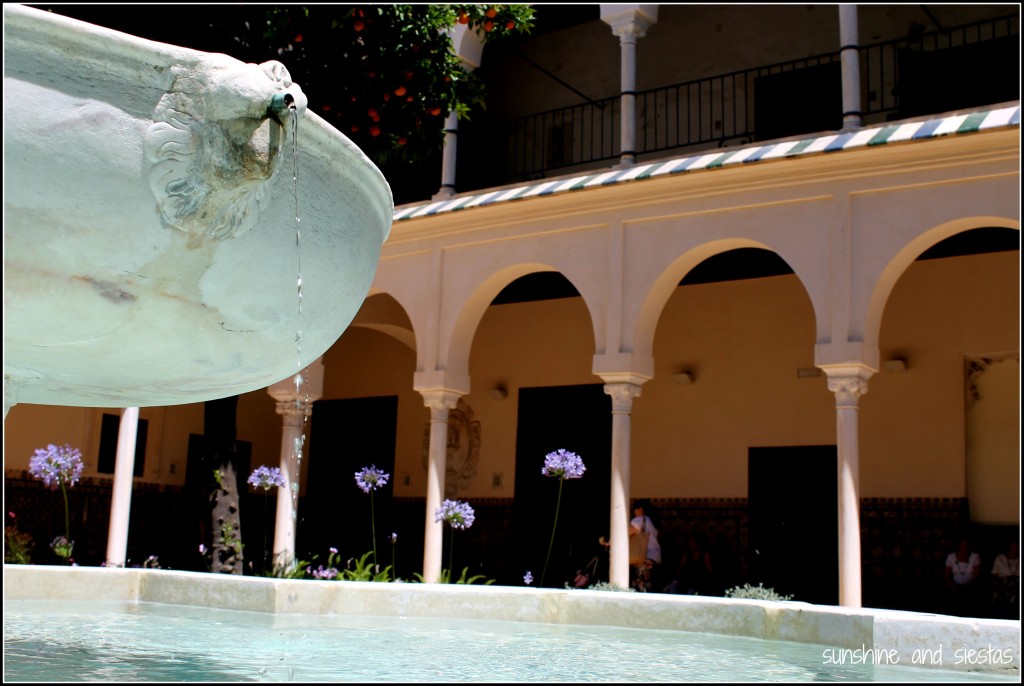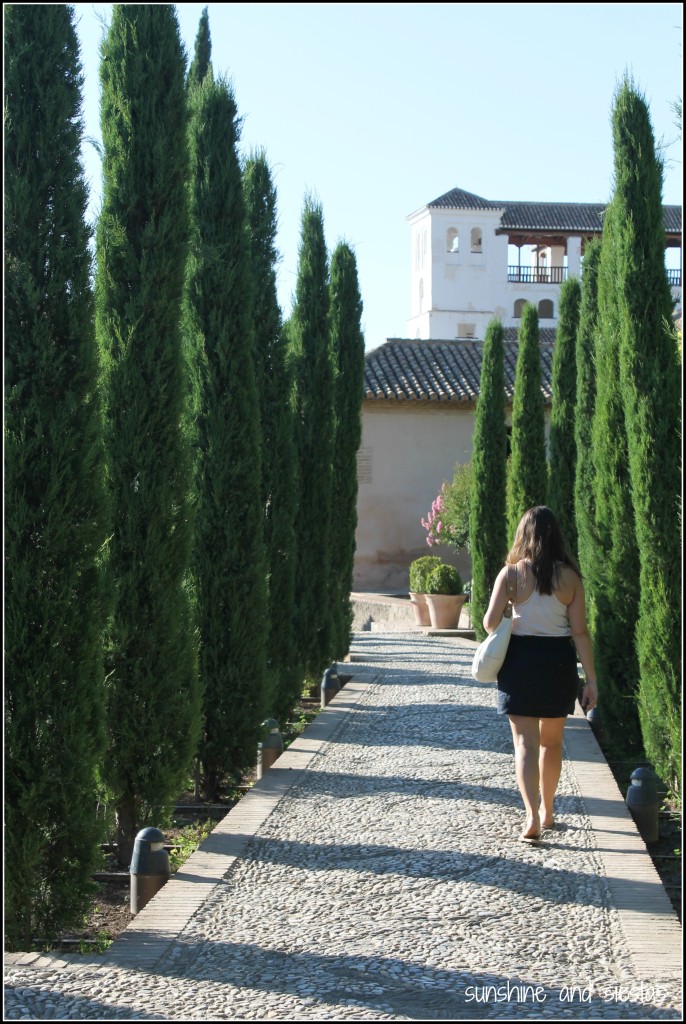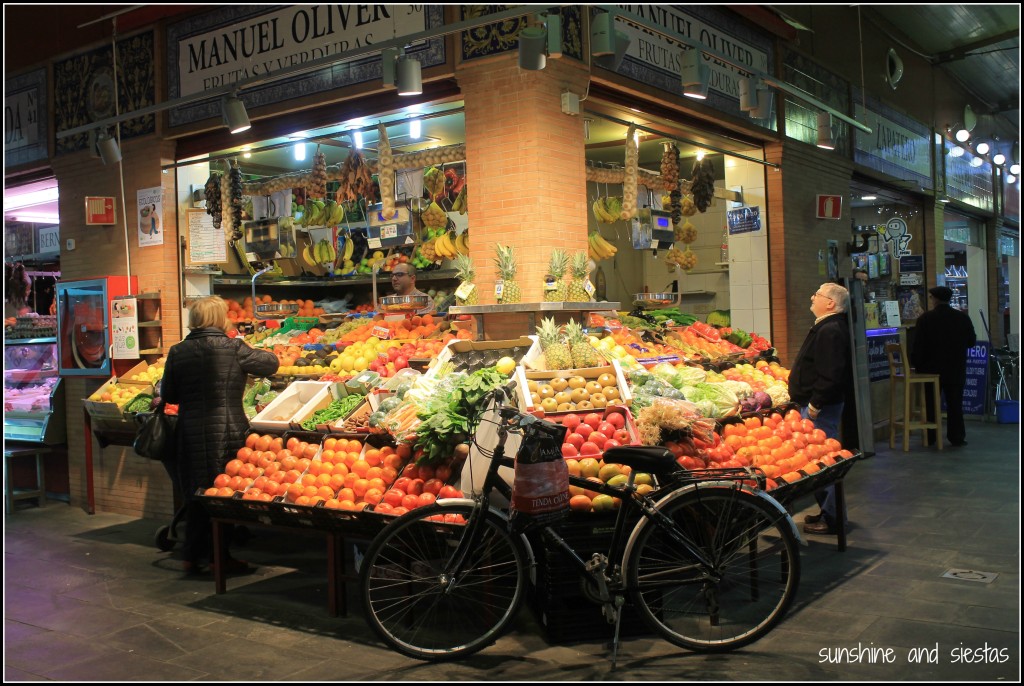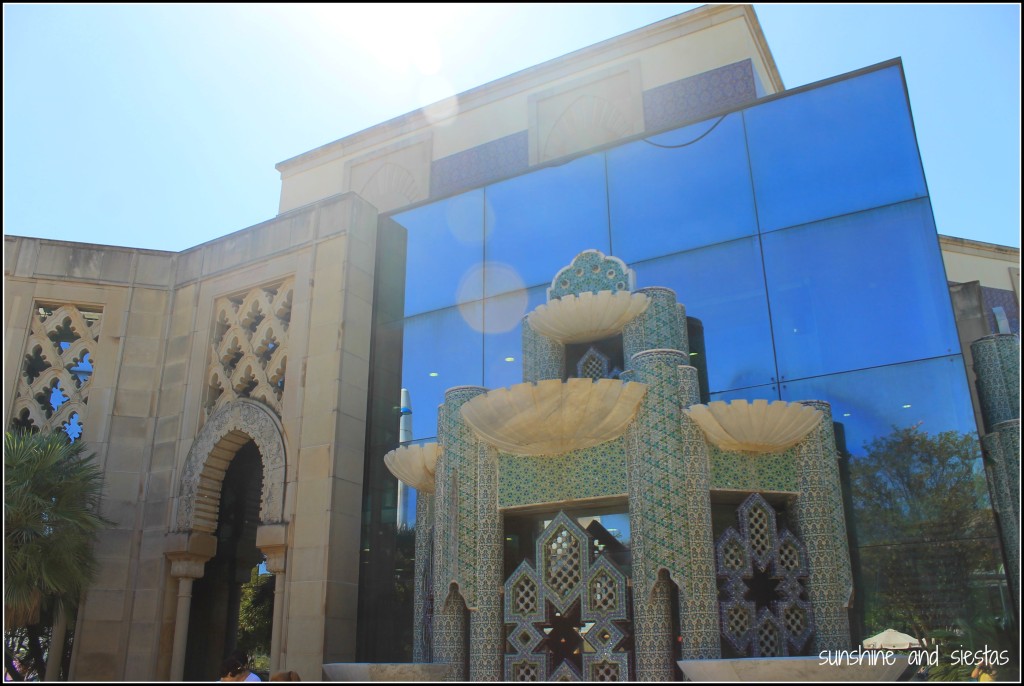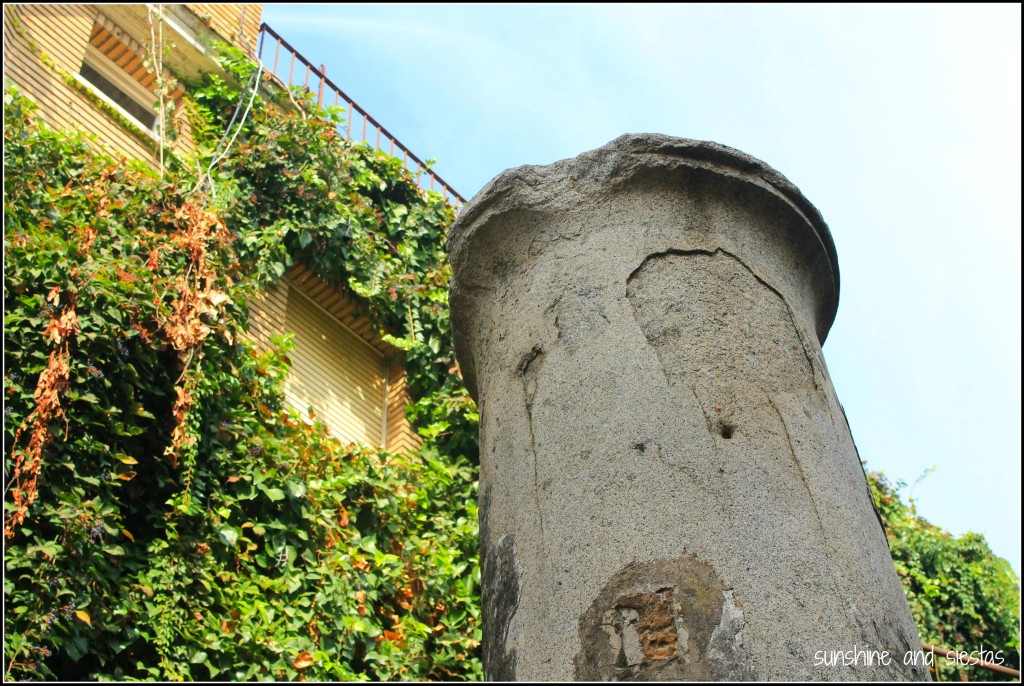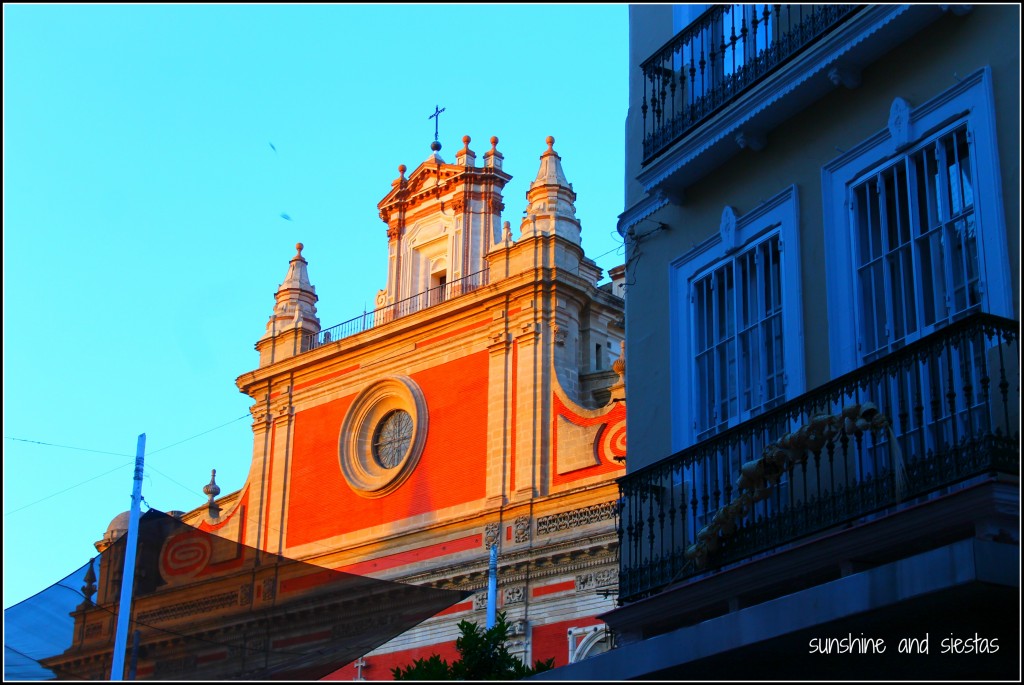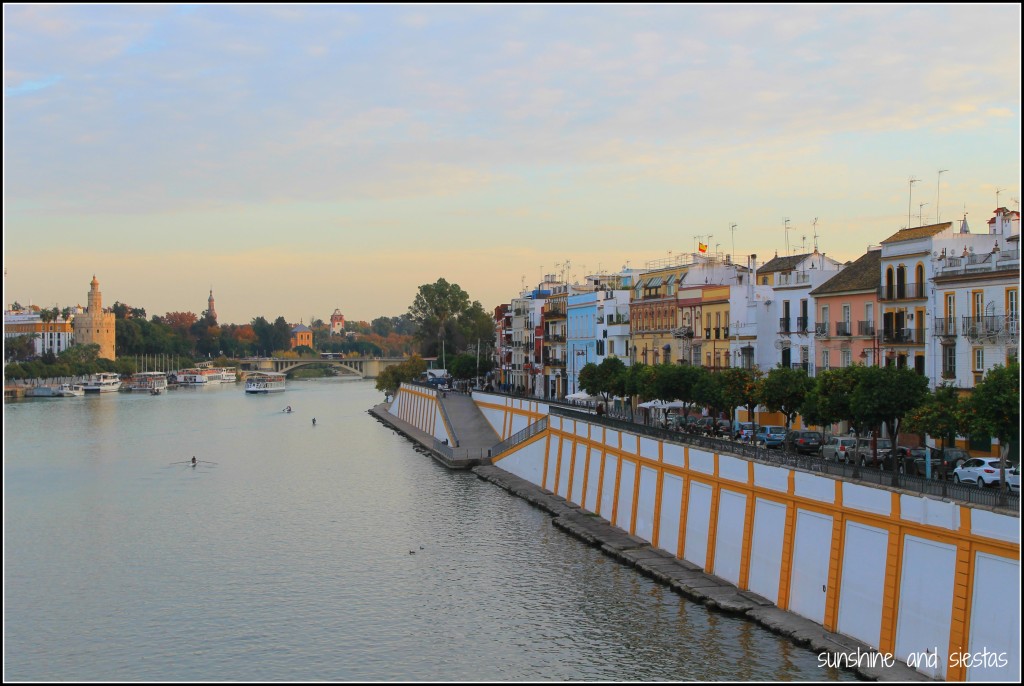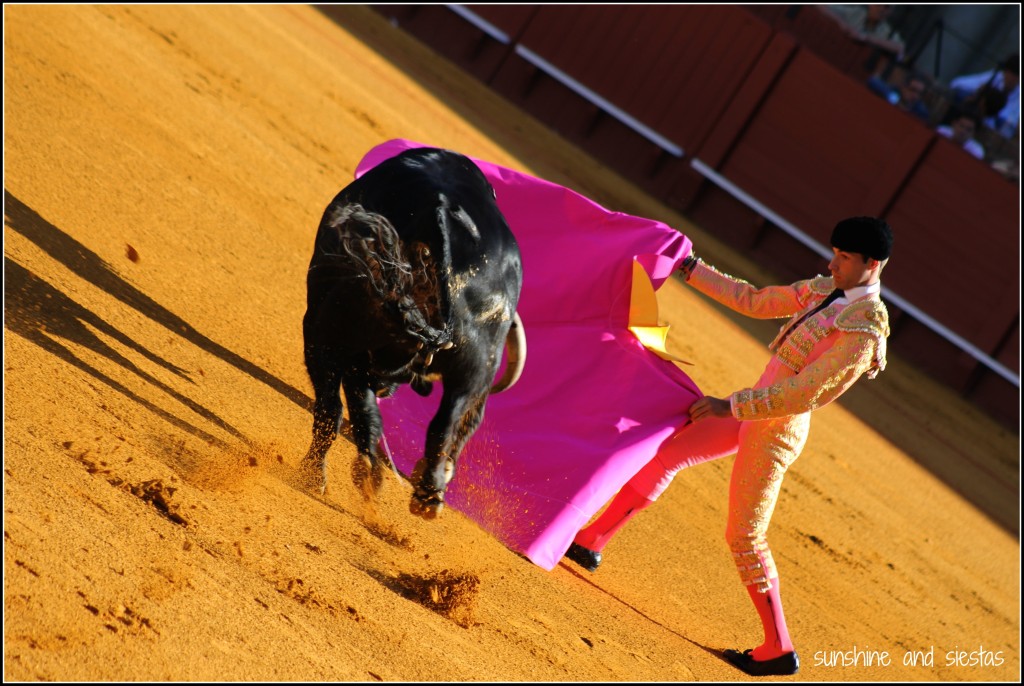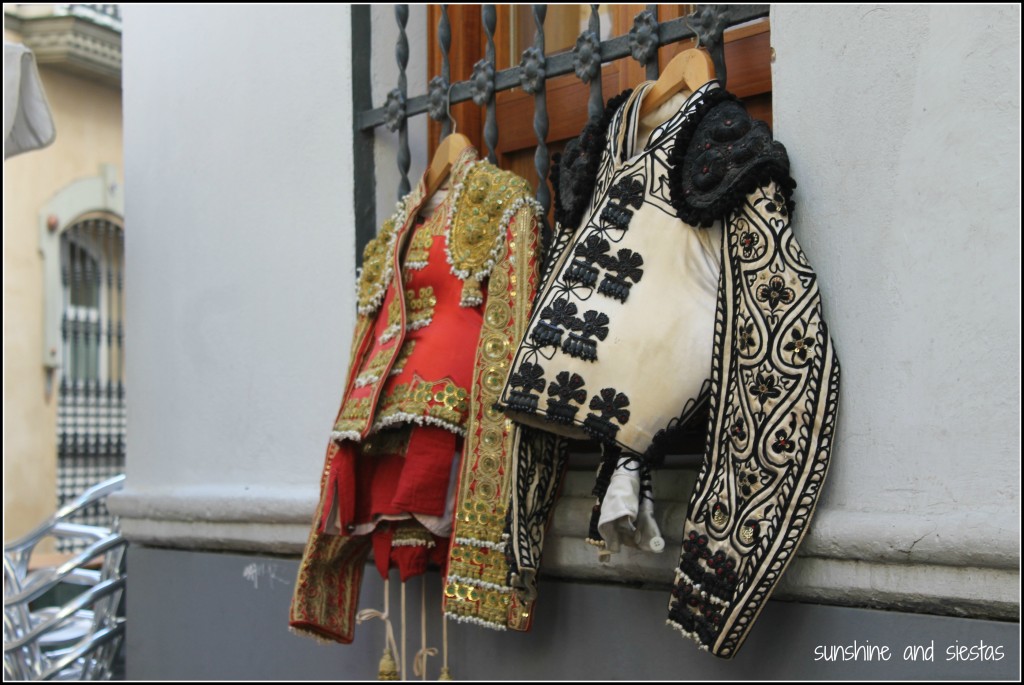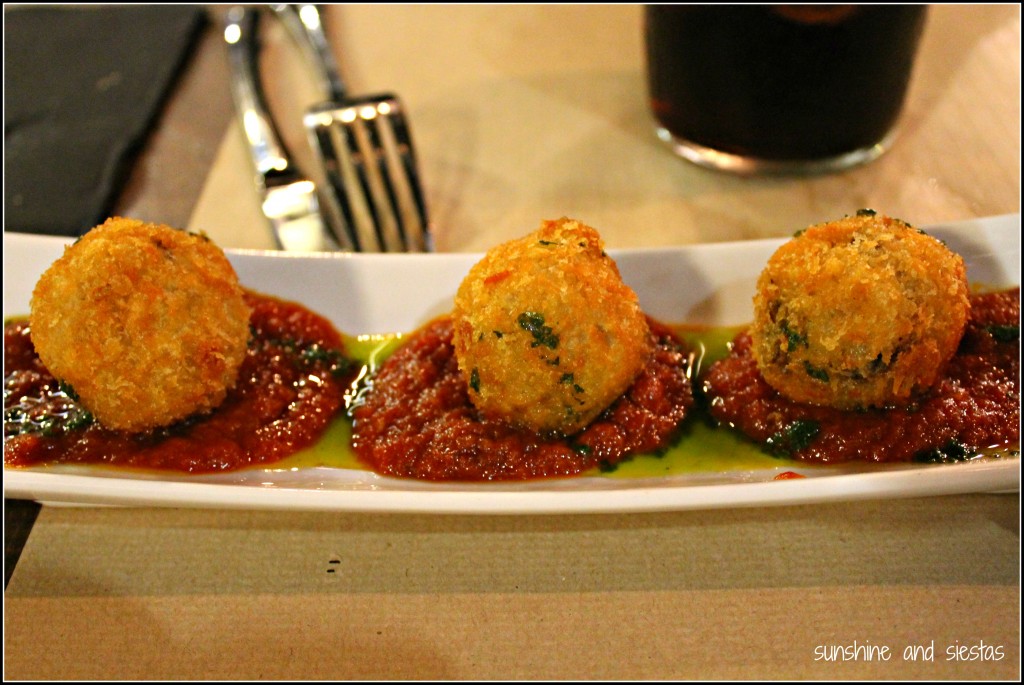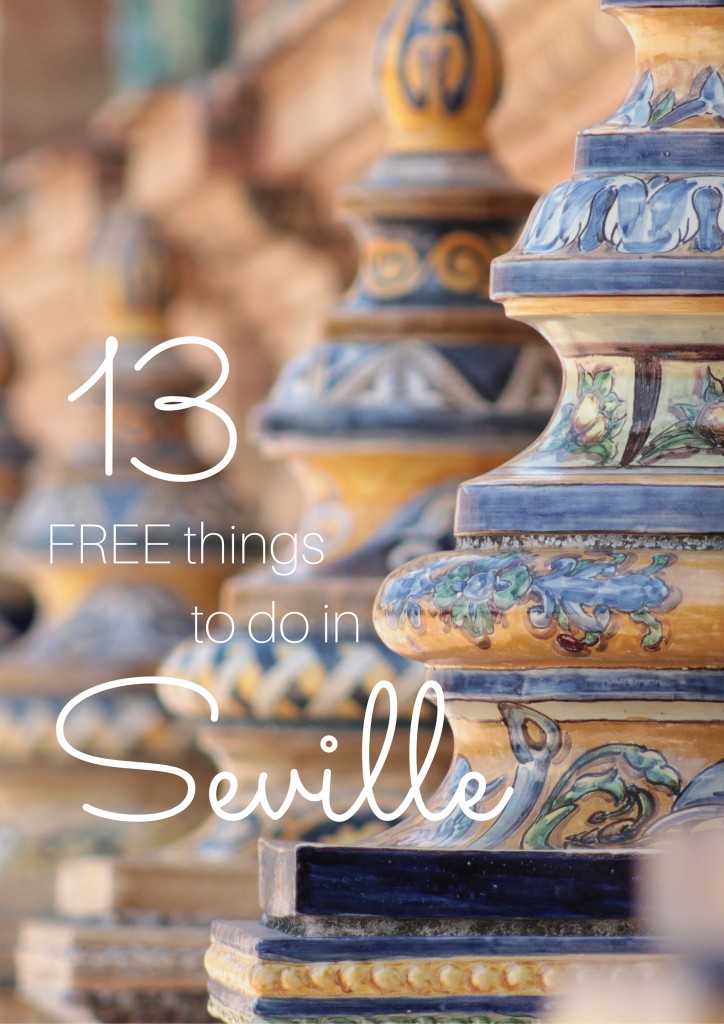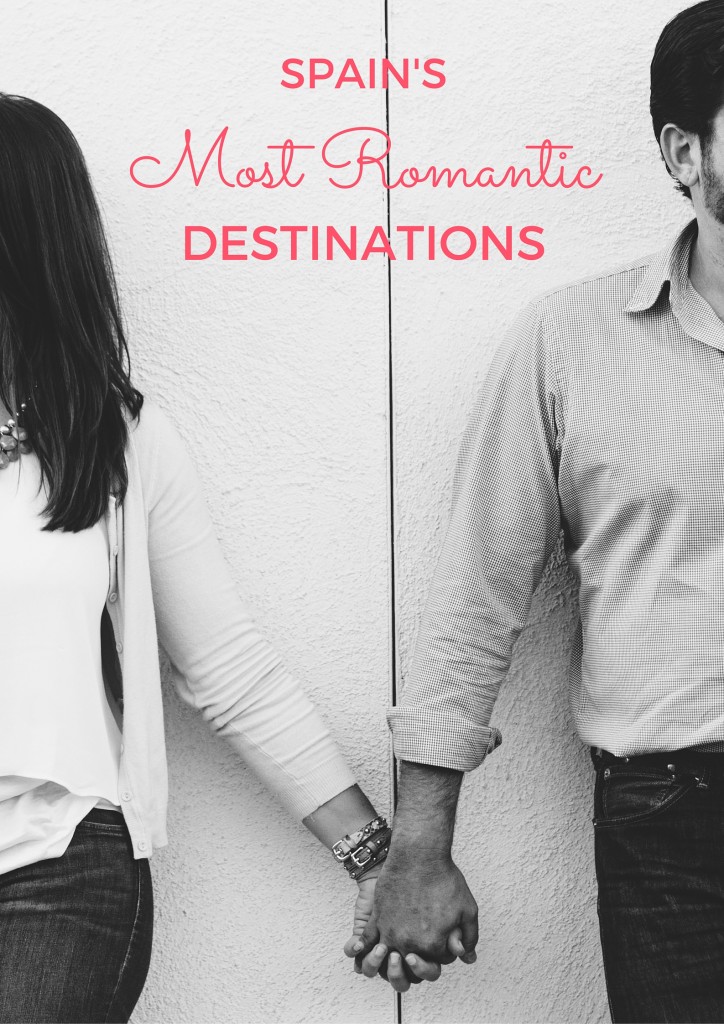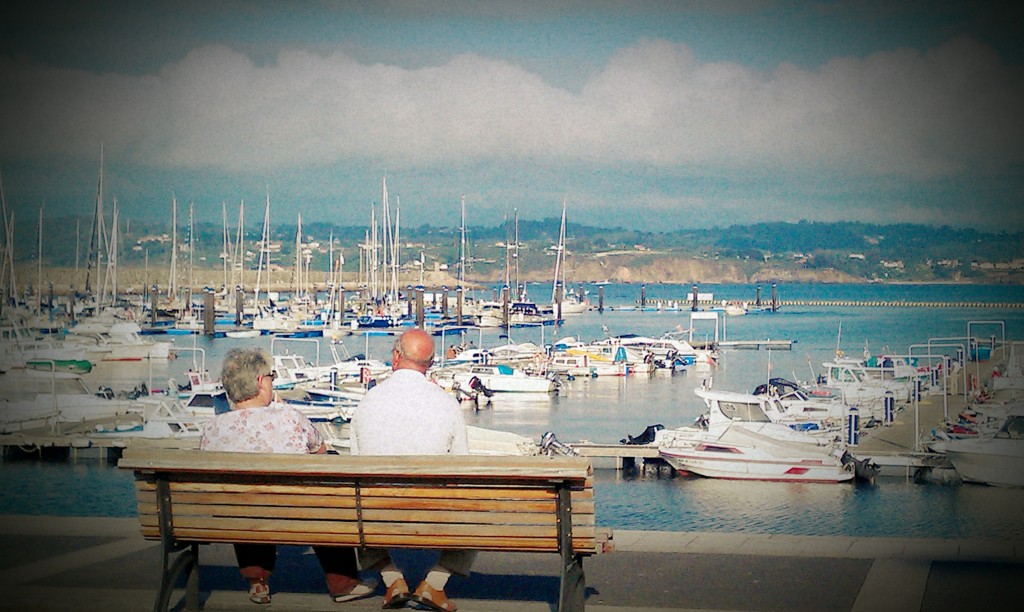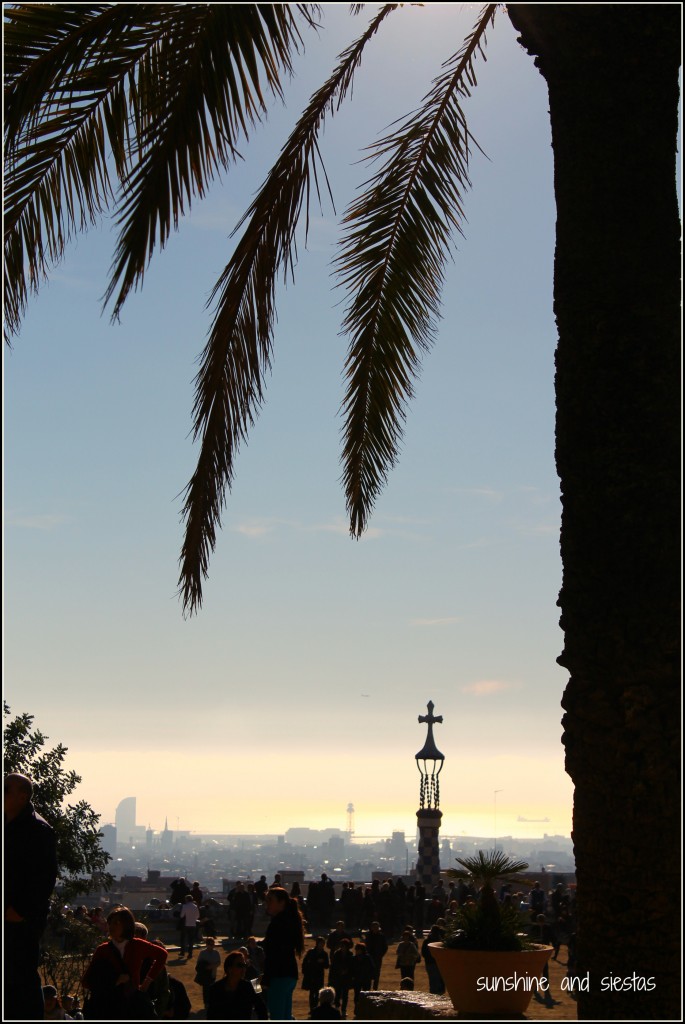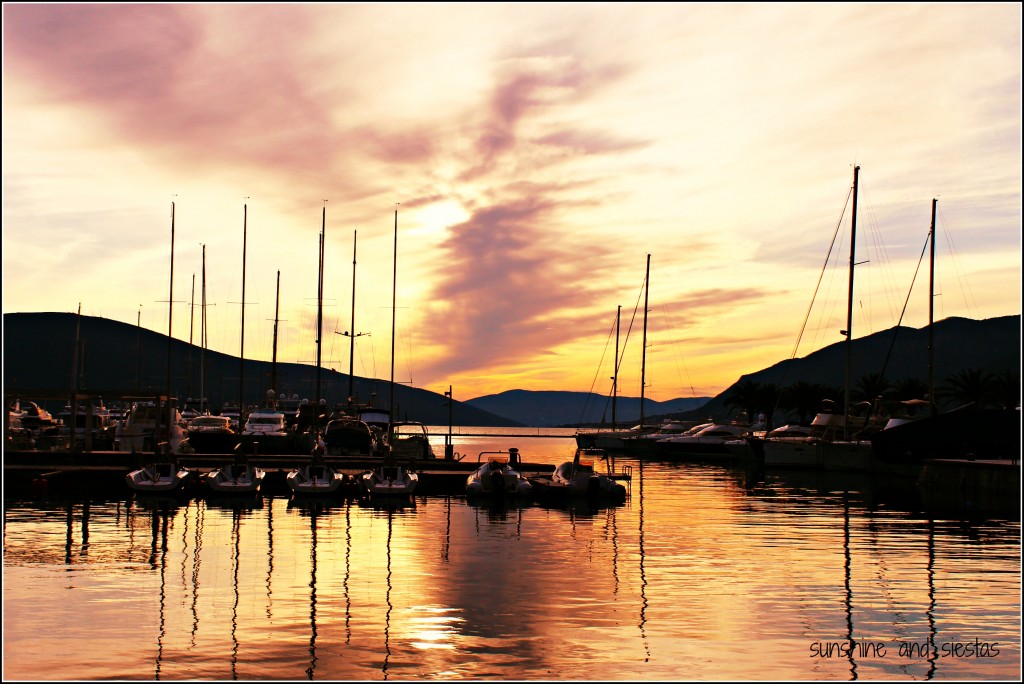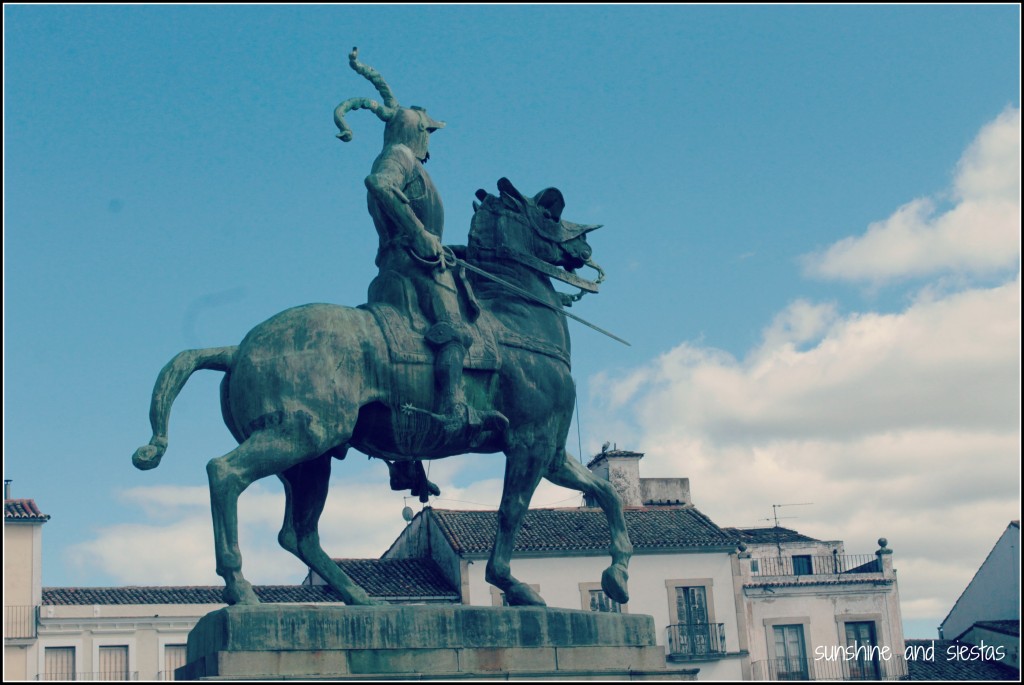Just like on the day of her death, my phone started pinging with the news that the Duquesa de Alba’s beloved palace, Palacio de las Dueñas, would be converted into a public museum. Sleep still crusting my eyes from a Friday afternoon siesta, I search for a projected opening date, scrawled “PALACIO DUEÑAS TIX” on an open page of my agenda, and rolled back to sleep.
Several weeks later, under a post-Feria chill and dreary skies, I did a personal pilgrimage to honor Doña Cayetana de Alba, stopping at three of her favorite places – the brotherhood of Los Gitanos, Palacio de las Dueñas and Bar Dueñas.
Born to an aristocratic family in Madrid before the outbreak of the Spanish Civil War, María del Rosario Cayetana Fitz-James Stuart (and that’s just the short version of her 26 names) lived her life in constant fear of being alone, bounced between London and the Spanish capital. Despite being gifted in arts and horsemanship and considered one of Span’s most beautiful young women, she only truly felt fulfilled when she was visiting her Tía Sol in Andalucía, according to her autobigraphy Yo, Cayetana.
And it was here at Palacio de las Dueñas, a 15th Century state home situated in the heart of Seville, where she’d marry her third husband, live out the happiest of her days surrounded by art and bubbling fountains, and where she’d return to die.
I began first at her final resting place, the Templo de Nuestro Padre Jesús de la Salud y Nuestra Señora de las Angustias Coronadas (locals call it Los Gitanos for the religious brotherhood that does it penitence during the Madrugá). In a humble tomb decorated with dried flowers rests the hermandad’s gran anfitriona, a large marble plaque marking her final wish to be buried near the altar. Cayetana was a people’s princess of sorts, and her devotion to the brotherhood and fervent faith was as as strong as her love of horses, bullfighting and flamenco.
I wandered the backstreets of a neighborhood I don’t know very well, close to Los Jardínes del Valle, to kill time. Cayetana was often seen out walking, not afraid to be hounded by paparazzi or approached by sevillanos. The only time I ever saw her, she was chattering away in a horse carriage at the fairgrounds, as if she were just another well-to-do sevillana (or at least one of those who took out a loan to guardar aperiencias and pay for the new traje de gitana).
Through marriages and kingdoms uniting over six centuries, the Casa de Alba became one of the most prominent aristocratic families in Spain. By the time Cayetana was born in 1926, the family had amassed over a dozen properties, countless works of art and handicrafts and a name that made anyone either roll their eyes at their immense wealth or sigh in wonder.
Palacio de las Dueñas, named for a monastery that once stood on the grounds, was a place I had to visit before leaving Seville. When my friend Claudia lived next door, I’d often crane my neck over her fourth-floor balcony to see into the palace walls. Orange trees and tiles rooftops covered the patios and living quarters, and that quick glimpse of her dandelion hair at the Feria was all I’d get until she died in late 2014 and I, along with thousands of others, attended her closed-casket wake.
Even though I’d arrived a quarter hour early, the guard let me in, and I had a few moments in the inviting courtyard to breathe in the dew on the naranjo trees. The ivy- and bougainvillea-covered façade was perhaps the most inviting part of the property, a landmark that’s seen dignitaries, foreign movie stars and the glamoratti sleep in its many bedrooms.
The 1,900 square meter property has long been closed to the public, save special events. And even with that much space, once the 11am entrance time hit, I was constantly being bumped into by old ladies or screeched at to move by the same old ladies. I lingered, letting them pass through to the inner gardens while I, like Cayetana, sought refuge in the stables (my mother would be proud).
Considering horses and bullfighting to be two of her greatest passions, the Duquesa kept horses on her property and owned several carriages – not to mention the dozen or so private farms that belonged to her before she divvied them up preceding her third marriage.
The humble stable opens up into a small, dense garden lined with tiled benches, pockmarked with fountains and reminiscent of other famous residents of Dueñas.
Antonio Machado, poeta celebré of Andalucía, was born in the palace when it was still a corral de vecinos, immoralized in ‘Autorretrato de Campos de Castilla’:
Mi infancia son recuerdos de un patio de Sevilla
y un huerto claro donde madura el limonero[…]
Framed by Arabic lattice work etched in marble, arches lead from the private garden into the main living quarters, themselves surrounding a breezy interior patio decked out with sculptures, tapestries and paintings. More than money in the bank, the Casa de Alba’s legacy lies in its numerous land holdings and priceless art collection, protected by the Fundación Casa de Alba.
The tour leads guests through half a dozen rooms on the ground floor, a glimpse into how the Duquesa lived and a taste of her greatest aficiones evident in the decoration and her personal items. Betis flags, sketches, Spanish history books and old Fiestas de Primavera posters seemed to cover every inch of wall, statues scattered throughout great halls.
The most curious item? A white zuchetto, enclosed in a glass case near the altar where Cayetana wed her third husband.
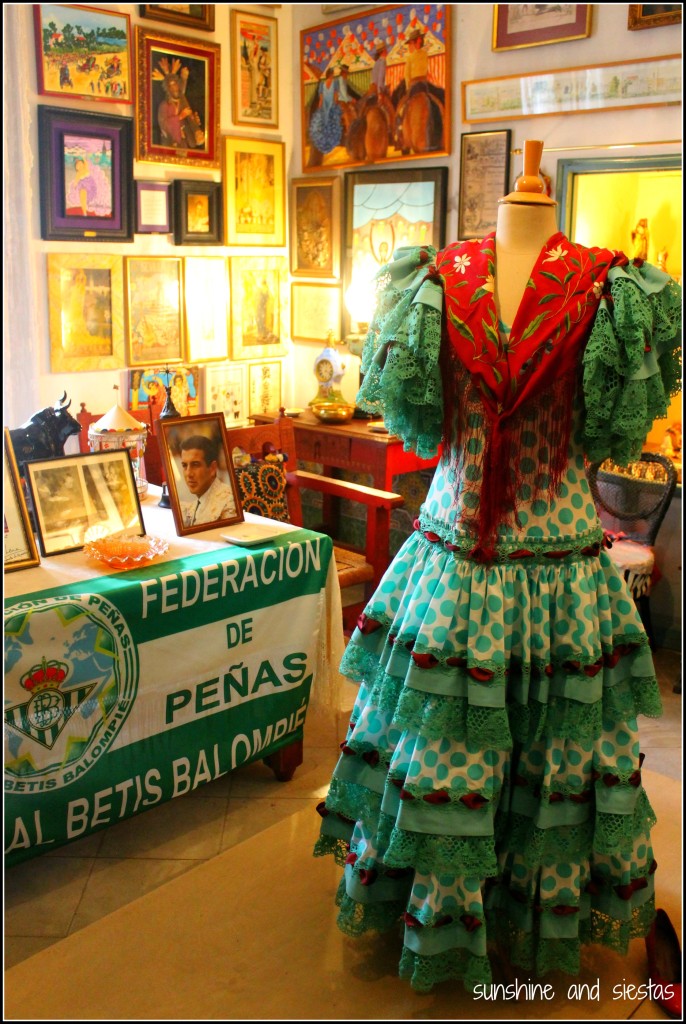
Like Cayetana, I know that Seville is a city that gets under your skin – it’s one of the hardest goodbyes I’ve ever had – and Dueñas celebrates her eccentricity and the beauty and cultural tradition of the city. Like Sevilla, the house is timeless and at its most beautiful in the springtime.
“Todas las primaveras
tiene Sevilla
una nueva tonada
de seguidillas;
nuevos claveles
y niñas que, por mayo,
se hacen mujeres”
-Antonio Machado, “Sevilla y otros poemas”
Seville has several beautiful casa-palacios open to the public – Casa Pilatos or Casa de la Condesa de Lebrija being standouts – but Palacio Las Dueñas seems to capture recent history in a way that the former miss.
After passing through the grand vestibule, I paused in the Jardin de Santa Justa and looked at my watch. It was nearing 12:30, the perfect hour to hop across the street to Bar Las Dueñas, a humble tapas bar where Cayetana would have her daily cervecita. I toasted silently to Cayetana’s memory, her legacy and the sevillano sun beginning to break through the clouds.

If you go: Rumor has it that the reason the palace has been opened to the public is strictly financial: the Duquesa’s heir couldn’t pay the taxes it. Regardless, it’s a fine example of sevillano architecture and a museum to one of the city’s most prominent figures in recent history.
Dueñas is open to the public for self-guided tours for a price of 8€, closing only on Christmas Day, New Year’s Day and the Epiphany. Summer hours stretch from 10am until 8pm; the palace closes in the winter at 6pm. You can nab tickets at the gate (note that there’s a limited number available, and tickets have an hourly entrance time) or on ticketea.
I opted for the audio guide, which cost 2€ after the entrance fee. The guide not only gave me a solid understanding of the Alba family’s legacy, which stretches back four centuries, but also pointed out architectural and aesthetic details. This house has museum status, so spring for it!
Have you been to the Palacio de las Dueñas or other state museums in Spain? Check out my posts on the Monastery of Yuste, where Emperor Carlos V went to die and the preserved medieval walls at Ávila.
